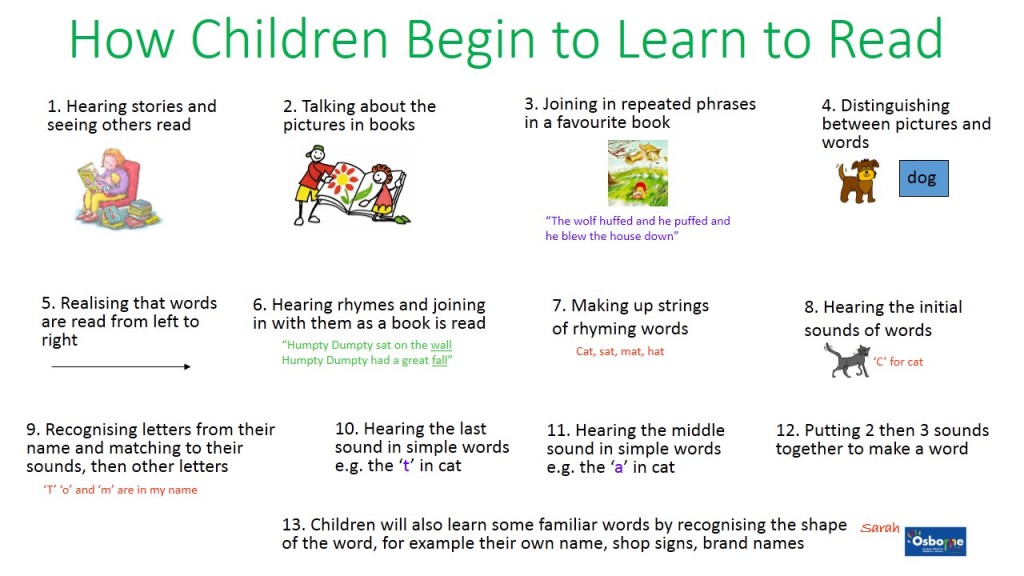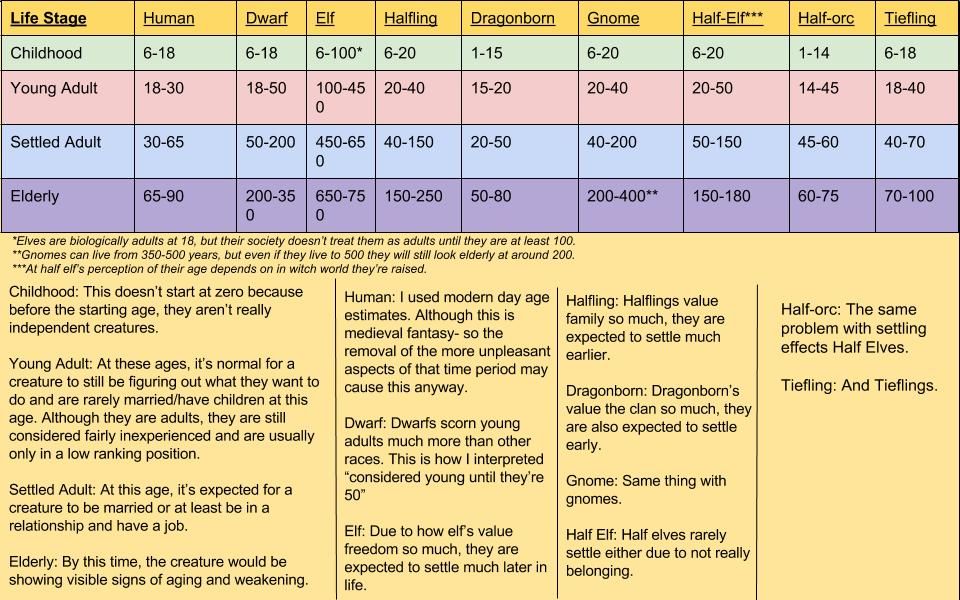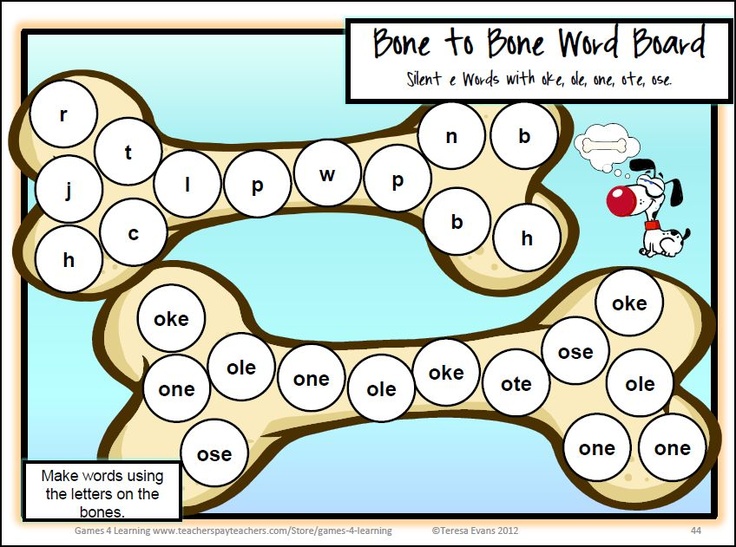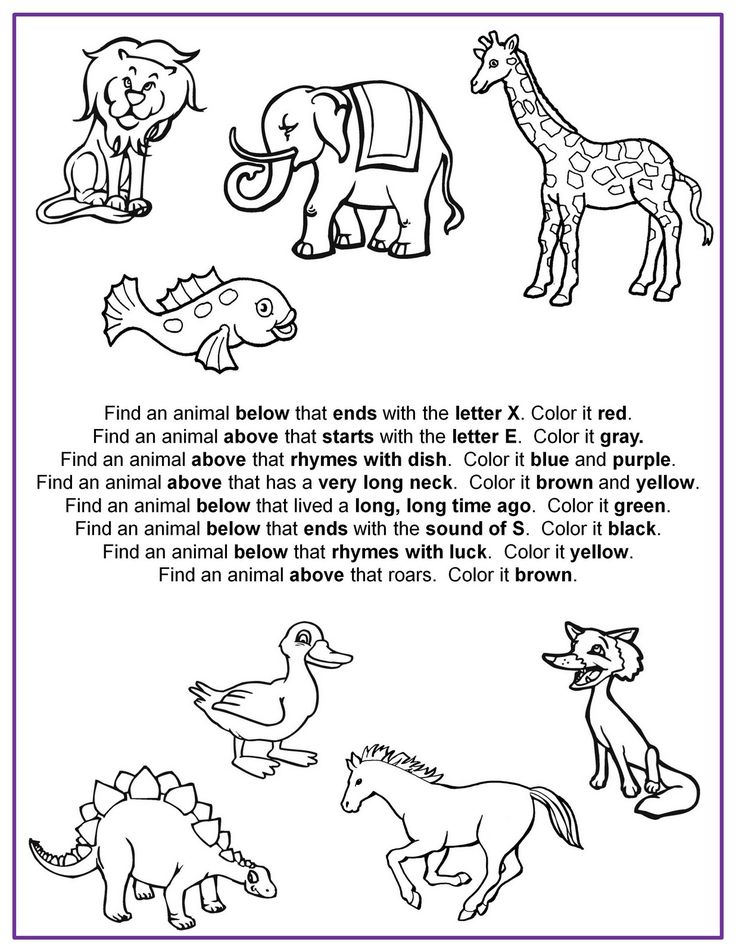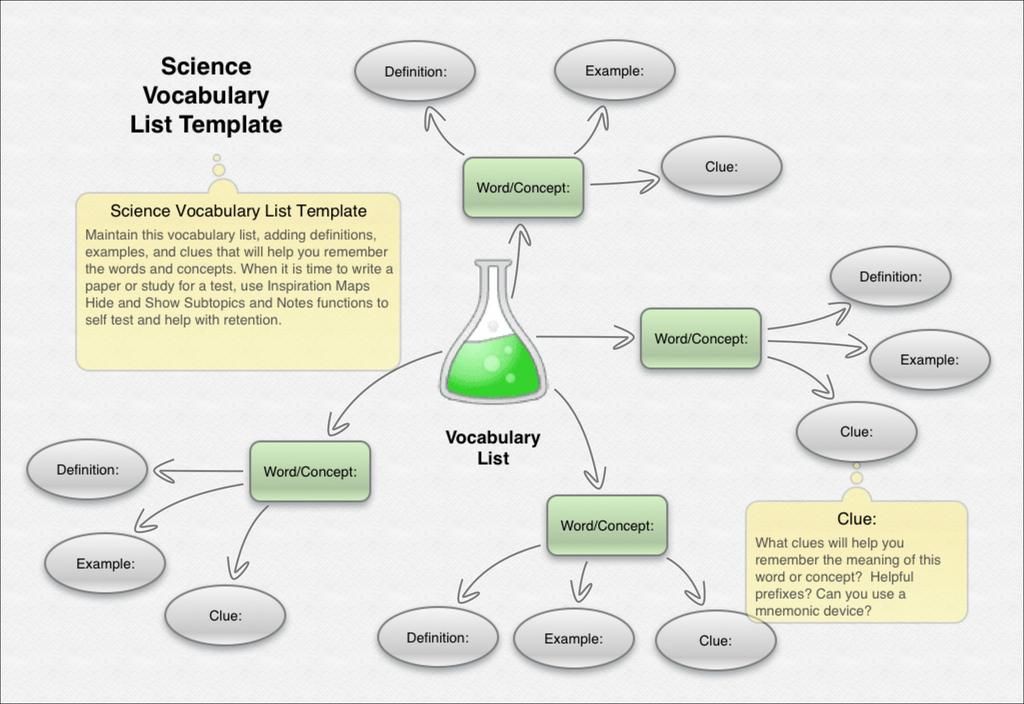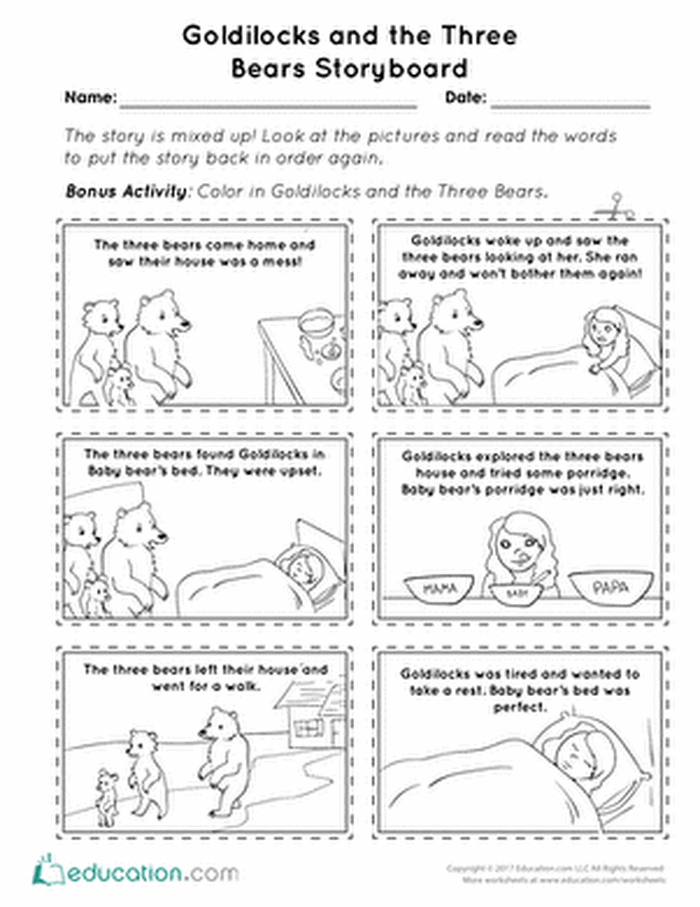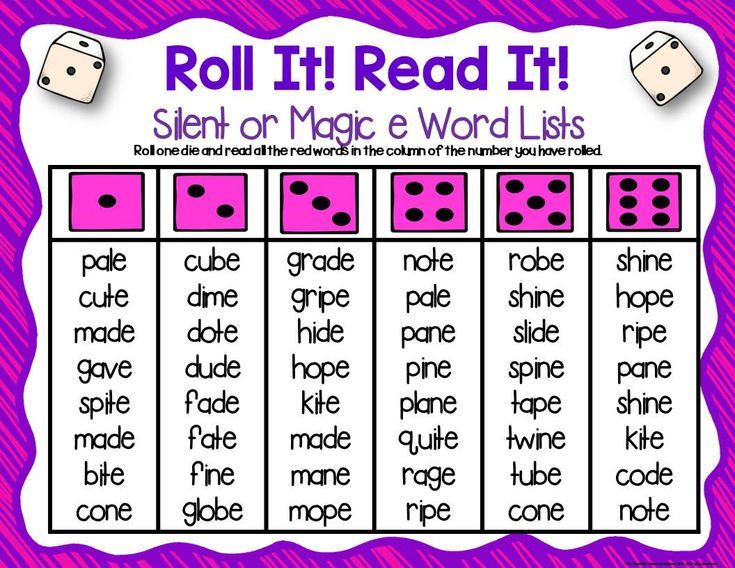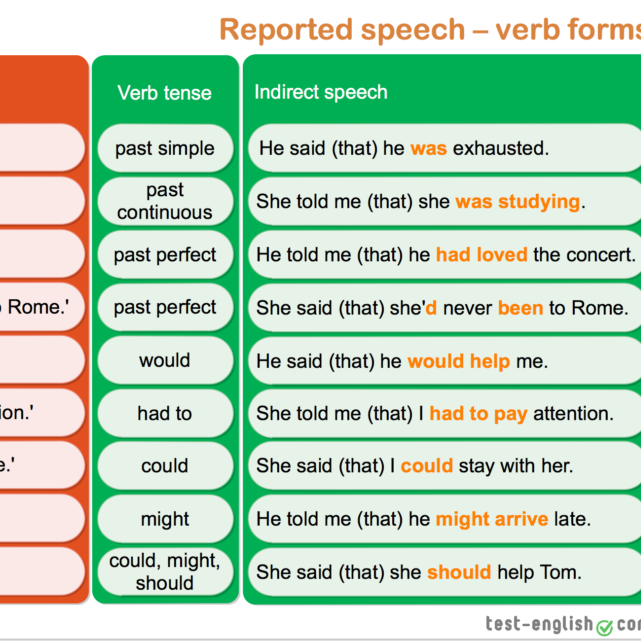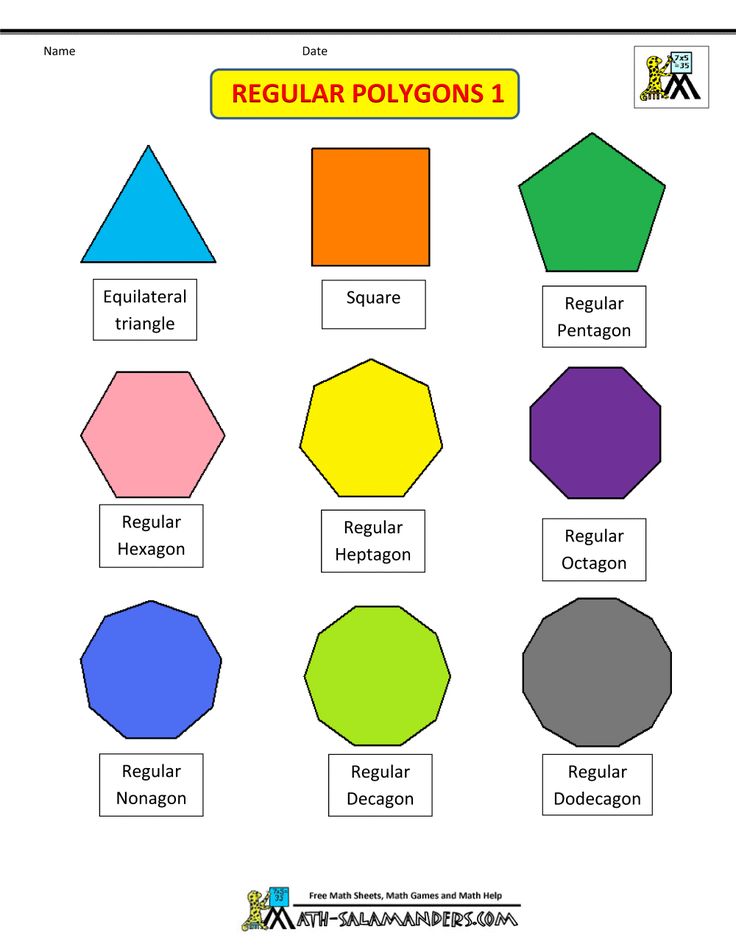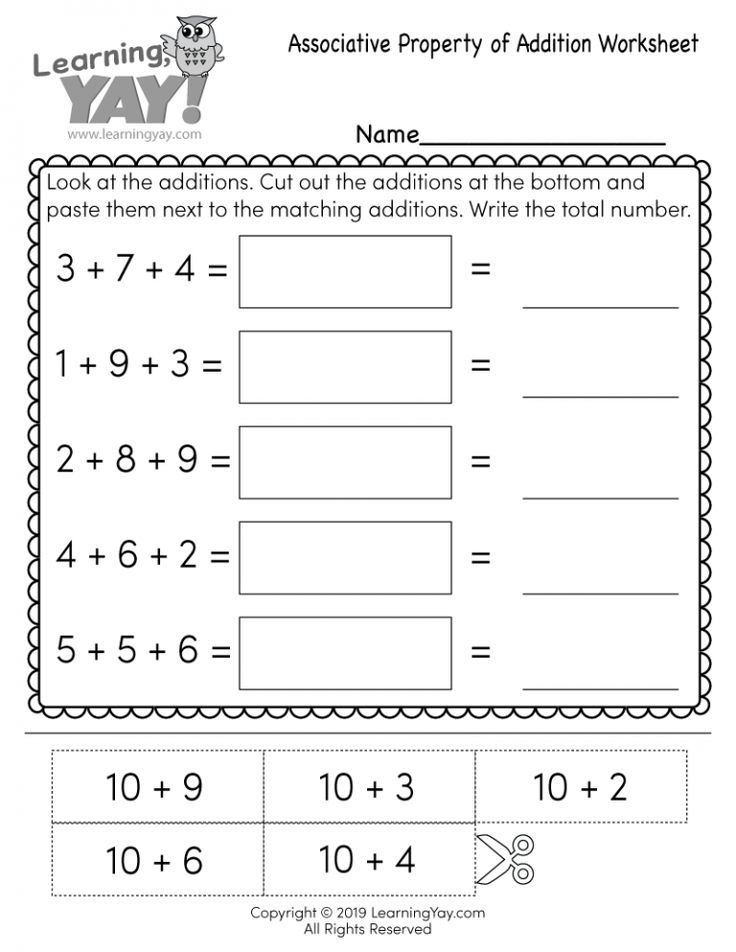How most children learn to read
How Most Children Learn to Read
By: Derry Koralek, Ray Collins
Between the ages of four and nine, your child will have to master some 100 phonics rules, learn to recognize 3,000 words with just a glance, and develop a comfortable reading speed approaching 100 words a minute. He must learn to combine words on the page with a half-dozen squiggles called punctuation into something – a voice or image in his mind that gives back meaning. (Paul Kropp, 1996)
Emerging literacy
Emerging literacy describes the gradual, ongoing process of learning to understand and use language that begins at birth and continues through the early childhood years (i.e., through age eight). During this period children first learn to use oral forms of language (listening and speaking) and then begin to explore and make sense of written forms (reading and writing).
Listening and speaking
Emerging literacy begins in infancy as a parent lifts a baby, looks into her eyes, and speaks softly to her. It's hard to believe that this casual, spontaneous activity is leading to the development of language skills. This pleasant interaction helps the baby learn about the give and take of conversation and the pleasures of communicating with other people.
Young children continue to develop listening and speaking skills as they communicate their needs and desires through sounds and gestures, babble to themselves and others, say their first words, and rapidly add new words to their spoken vocabularies. Most children who have been surrounded by language from birth are fluent speakers by age three, regardless of intelligence, and without conscious effort.
Each of the 6,000 languages in the world uses a different assortment of phonemes – the distinctive sounds used to form words. When adults hear another language, they may not notice the differences in phonemes not used in their own language. Babies are born with the ability to distinguish these differences. Their babbles include many more sounds than those used in their home language.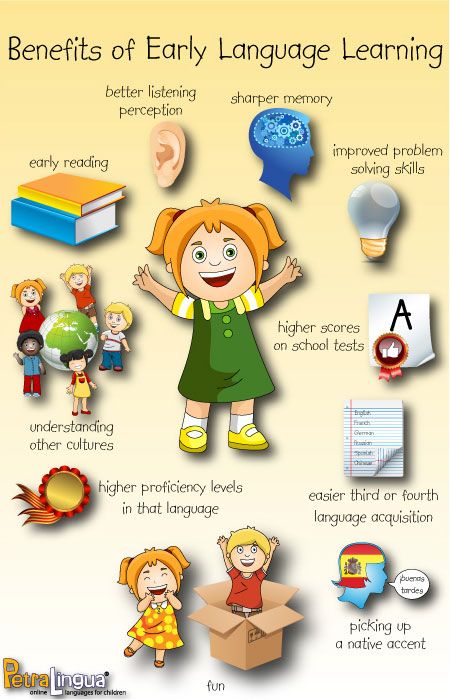 At about 6 to 10 months, babies begin to ignore the phonemes not used in their home language. They babble only the sounds made by the people who talk with them most often.
At about 6 to 10 months, babies begin to ignore the phonemes not used in their home language. They babble only the sounds made by the people who talk with them most often.
During their first year, babies hear speech as a series of distinct, but meaningless words. By age 1, most children begin linking words to meaning. They understand the names used to label familiar objects, body parts, animals, and people. Children at this stage simplify the process of learning these labels by making three basic assumptions:
- Labels (words) refer to a whole object, not parts or qualities (Flopsy is a beloved toy, not its head or color).
- Labels refer to classes of things rather than individual items (Doggie is the word for all four-legged animals).
- Anything that has a name can only have one name (for now, Daddy is Daddy, and not a man or Jake).
As children develop their language skills, they give up these assumptions and learn new words and meanings. From this point on, children develop language skills rapidly. Here is a typical sequence:
From this point on, children develop language skills rapidly. Here is a typical sequence:
- At about 18 months, children add new words to their vocabulary at the astounding rate of one every 2 hours.
- By age 2, most children have 1 to 2,000 words and combine two words to form simple sentences such as: "Go out." "All gone."
- Between 24 to 30 months, children speak in longer sentences.
- From 30 to 36 months, children begin following the rules for expressing tense and number and use words such as some, would, and who.
Reading and writing
At the same time as they are gaining listening and speaking skills, young children are learning about reading and writing.
At home and in child care, Head Start, or school, they listen to favorite stories and retell them on their own, play with alphabet blocks, point out the logo on a sign for a favorite restaurant, draw pictures, scribble and write letters and words, and watch as adults read and write for pleasure and to get jobs done.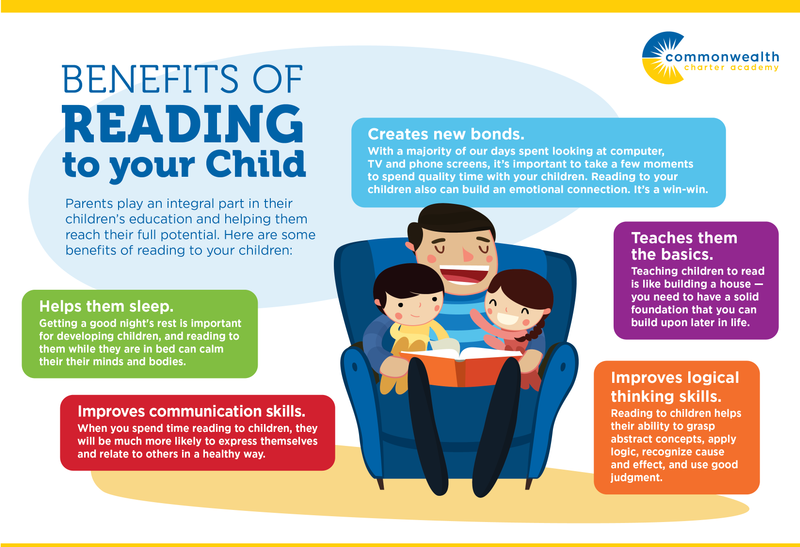
Young children make numerous language discoveries as they play, explore, and interact with others. Language skills are primary avenues for cognitive development because they allow children to talk about their experiences and discoveries. Children learn the words used to describe concepts such as up and down, and words that let them talk about past and future events.
Many play experiences support children's emerging literacy skills. Sorting, matching, classifying, and sequencing materials such as beads, a box of buttons, or a set of colored cubes, contribute to children's emerging literacy skills. Rolling playdough and doing fingerplays help children strengthen and improve the coordination of the small muscles in their hands and fingers. They use these muscles to control writing tools such as crayons, markers, and brushes.
As their language skills grow, young children tell stories, identify printed words such as their names, write their names on paintings and creations, and incorporate writing in their make-believe play. After listening to a story, they talk about the people, feelings, places, things, and events in the book and compare them to their own experiences.
After listening to a story, they talk about the people, feelings, places, things, and events in the book and compare them to their own experiences.
Reading and writing skills develop together. Children learn about writing by seeing how the print in their homes, classrooms, and communities provides information. They watch and learn as adults write – to make a list, correspond with a friend, or do a crossword puzzle. They also learn from doing their own writing.
The chart below offers examples of activities preschool and kindergarten children engage in, and describes how they are related to reading and writing.
What children might do | How it relates to reading and writing |
|---|---|
| Make a pattern with objects such as buttons, beads, small colored cubes. | By putting things in a certain order, children gain an understanding of sequence.  This will help them discover that the letters in words must go in a certain order. This will help them discover that the letters in words must go in a certain order. |
| Listen to a story, then talk with their families, teachers, or tutors and each other about the plot, characters, what might happen next, and what they liked about the book. | Children enjoy read-aloud sessions. They learn that books can introduce people, places, and ideas and describe familiar experiences. Listening and talking helps children build their vocabularies. They have fun while learning basic literacy concepts such as: print is spoken words that are written down, print carries meaning, and we read from left to right, from the top to the bottom of a page, and from the front to the back of a book. |
| Play a matching game such as concentration or picture bingo. | Seeing that some things are exactly the same leads children to the understanding that the letters in words must be written in the same order every time to carry meaning. |
Move to music while following directions such as, put your hands up, down, in front, in back, to the left, to the right.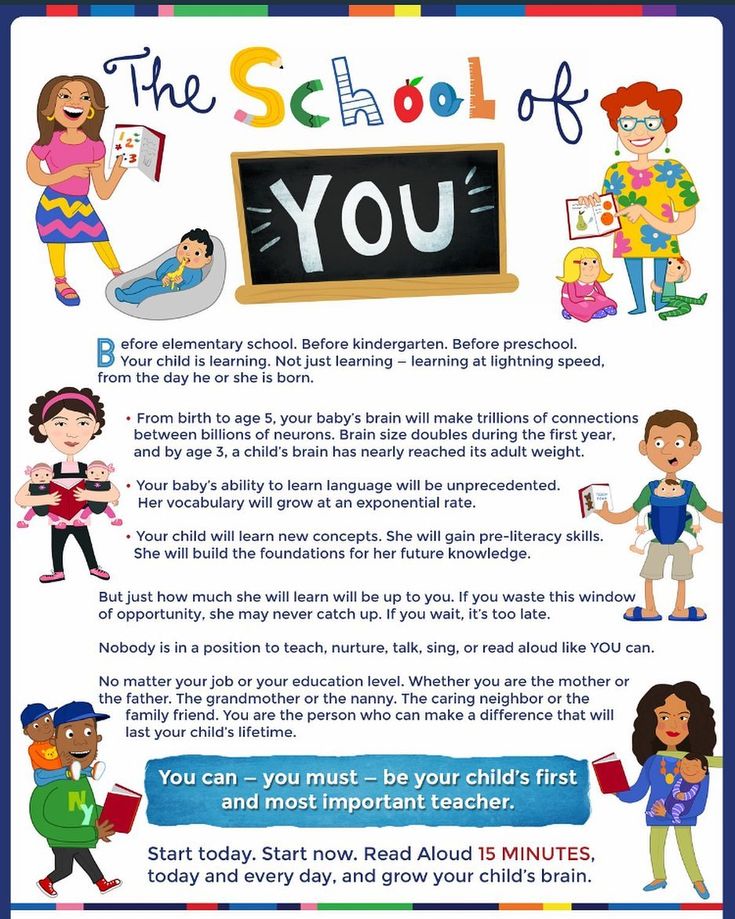 Now wiggle all over. Now wiggle all over. | Children gain an understanding of concepts such as up/down, front/back, and left/right, and add these words to their vocabularies. Understanding these concepts leads to knowledge of how words are read and written on a page. |
| Recite rhyming poems introduced by a parent, teacher, or tutor, and make up new rhymes on their own. | Children become aware of phonemes – the smallest units of sounds that make up words. This awareness leads to reading and writing success. |
| Make signs for a pretend grocery store. | Children practice using print to provide information – in this case, the price of different foods. |
| Retell a favorite story to another child or a stuffed animal. | Children gain confidence in their ability to learn to read. They practice telling the story in the order it was read to them – from the beginning to the middle to the end. |
Use invented spelling to write a grocery list at the same time as a parent is writing his or her own list.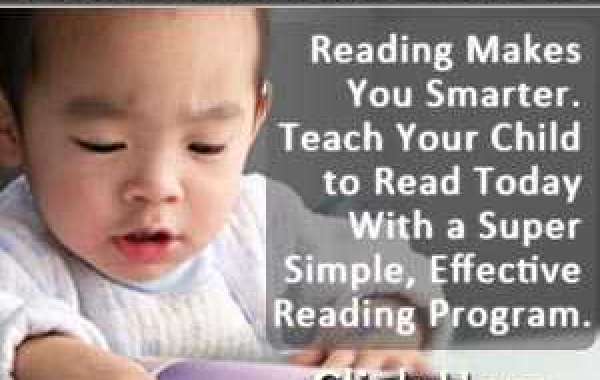 | Children use writing to share information with others. By watching an adult write, they are introduced to the conventions of writing. Using invented spelling encourages phonemic awareness. |
| Sign their names (with a scribble, a drawing, some of the letters, or "correctly") on an attendance chart, painting, or letter. | Children are learning that their names represent them and that other words represent objects, emotions, actions, and so on. They see that writing serves a purpose to let their teacher know they have arrived, to show others their art work, or to tell someone who sent a letter. |
Becoming readers and writers
By the time most children leave the preschool years and enter kindergarten, they have learned a lot about language. For five years, they have watched, listened to, and interacted with adults and other children. They have played, explored, and made discoveries at home and in child development settings such as Head Start and child care.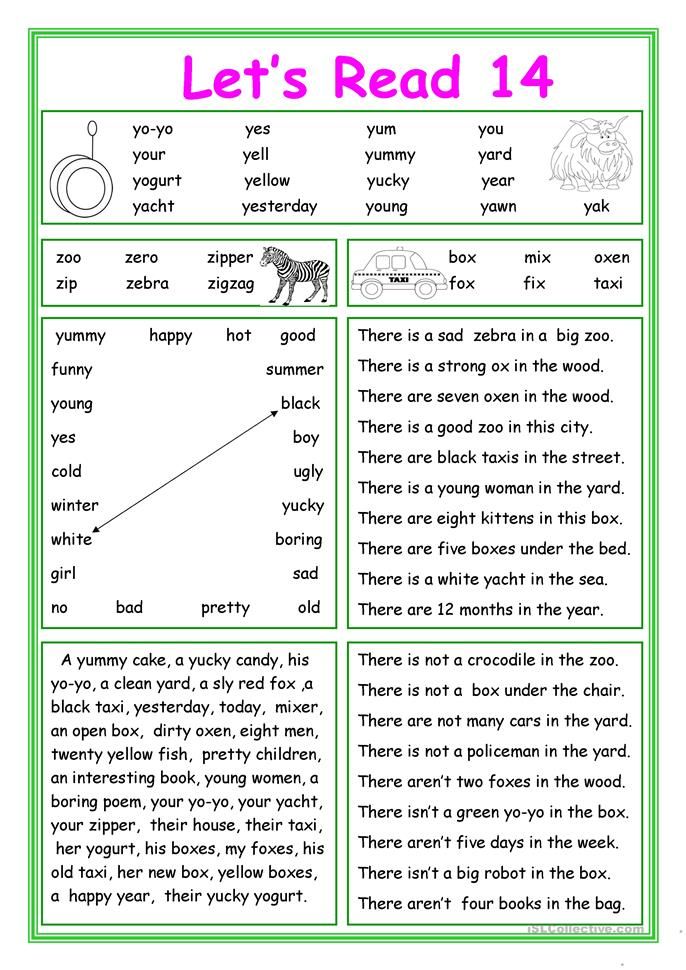
Kindergarten
Beginning or during kindergarten, most children have naturally developed language skills and knowledge. They…
Know print carries meaning by:
- Turning pages in a storybook to find out what happens next
- "writing" (scribbling or using invented spelling) to communicate a message
- Using the language and voice of stories when narrating their stories
- Dictating stories
Know what written language looks like by:
- Recognizing that words are combinations of letters
- Identifying specific letters in unfamiliar words
- Writing with "mock" letters or writing that includes features of real letters
Can identify and name letters of the alphabet by:
- Saying the alphabet
- Pointing out letters of the alphabet in their own names and in written texts
Know that letters are associated with sounds by:
- Finger pointing while reading or being read to
- Spelling words phonetically, relating letters to the sounds they hear in the word
Know the sounds that letters make by:
- Naming all the objects in a room that begin with the same letter
- Pointing to words in a text that begin with the same letter
- Picking out words that rhyme
- Trying to sound out new or unfamiliar words while reading out loud
- Representing words in writing by their first sound (e.
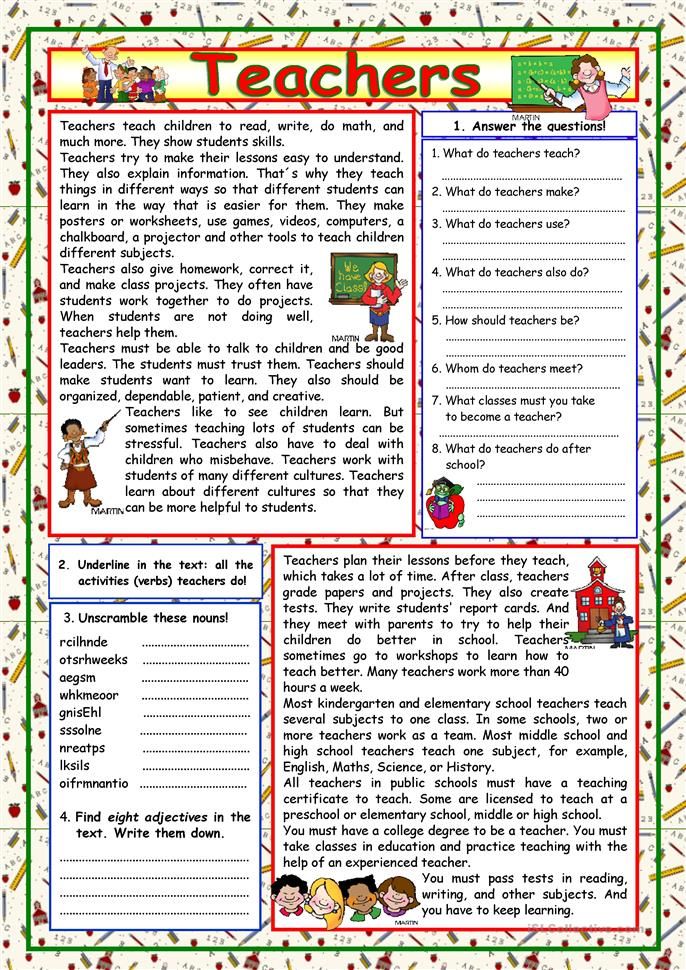 g., writing d to represent the word dog)
g., writing d to represent the word dog)
Know using words can serve various purposes by:
- Pointing to signs for specific places, such as a play area, a restaurant, or a store
- Writing for different purposes, such as writing a (pretend) grocery list, writing a thank-you letter, or writing a menu for play
Know how books work by:
- Holding the book right side up
- Turning pages one at a time
- Reading from left to right and top to bottom
- Beginning reading at the front and moving sequentially to the back
Because children have been learning language since birth, most are ready to move to the next step – mastering conventional reading and writing. To become effective readers and writers children need to:
- Recognize the written symbols letters and words used in reading and writing
- Write letters and form words by following conventional rules
- Use routine skills and thinking and reasoning abilities to create meaning while reading and writing
The written symbols we use to read and write are the 26 upper and lower case letters of the alphabet.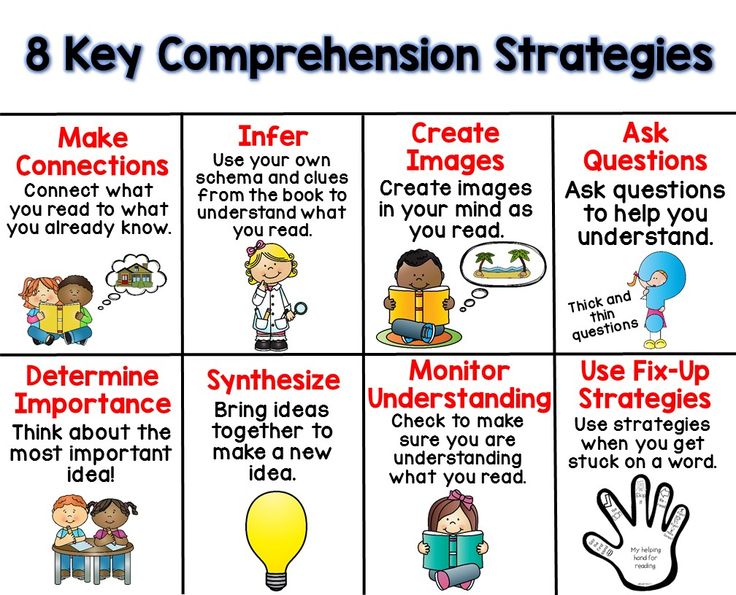 The conventional rules governing how to write letters and form words include writing letters so they face in the correct direction, using upper and lower case versions, spelling words correctly, and putting spaces between words.
The conventional rules governing how to write letters and form words include writing letters so they face in the correct direction, using upper and lower case versions, spelling words correctly, and putting spaces between words.
Routine skills refer to the things readers do automatically, without stopping to think about what to do. We pause when we see a comma or period, recognize high-frequency sight words, and use what we already know to understand what we read. One of the critical routine skills is phonemic awareness – the ability to associate specific sounds with specific letters and letter combinations.
Research has shown that phonemic awareness is the best predictor of early reading skills. Phonemes, the smallest units of sounds, form syllables, and words are made up of syllables. Children who understand that spoken language is made up of discrete sounds – phonemes and syllables – find it easier to learn to read.
Many children develop phonemic awareness naturally, over time.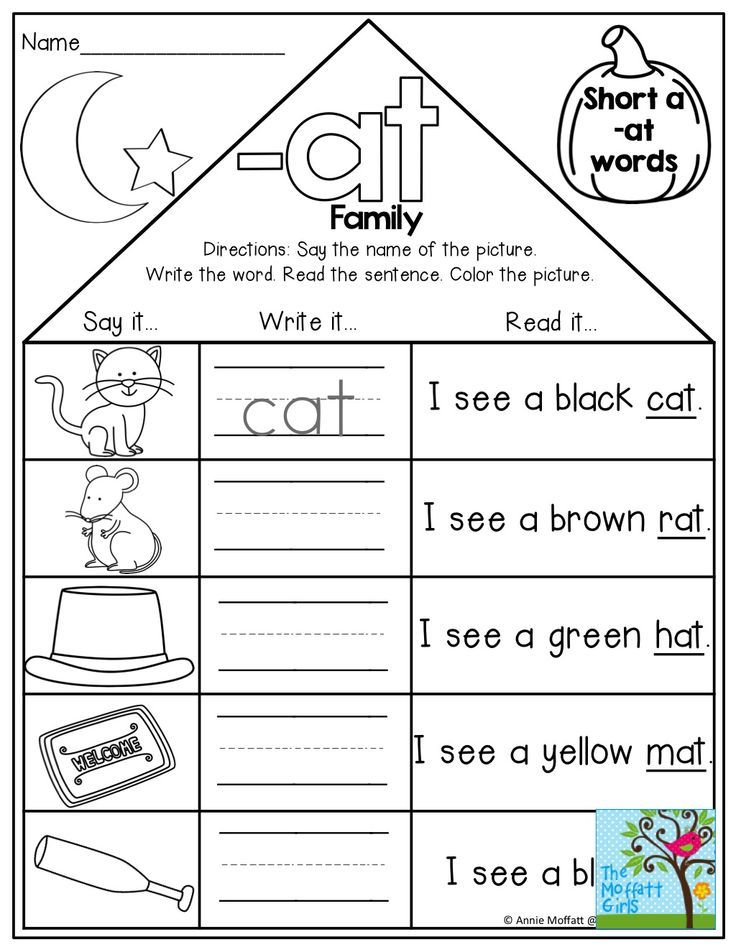 Simple activities such as frequent readings of familiar and favorite stories, poems, and rhymes can help children develop phonemic awareness. Other children may need to take part in activities designed to build this basic skill.
Simple activities such as frequent readings of familiar and favorite stories, poems, and rhymes can help children develop phonemic awareness. Other children may need to take part in activities designed to build this basic skill.
Thinking and reasoning abilities help children figure out how to read and write unfamiliar words. A child might use the meaning of a previous word or phrase, look at a familiar prefix or suffix, or recall how to pronounce a letter combination that appeared in another word.
First and second grades
By the time most children have completed the first and second grades, they have naturally developed the following language skills and knowledge. They…
Improve their comprehension while reading a variety of simple texts by:
- Thinking about what they already know
- Creating and changing mental pictures
- Making, confirming, and revising predictions
- Rereading when confused
Apply word-analysis skills while reading by:
- Using phonics and simple context clues to figure out unknown words
- Using word parts (e.
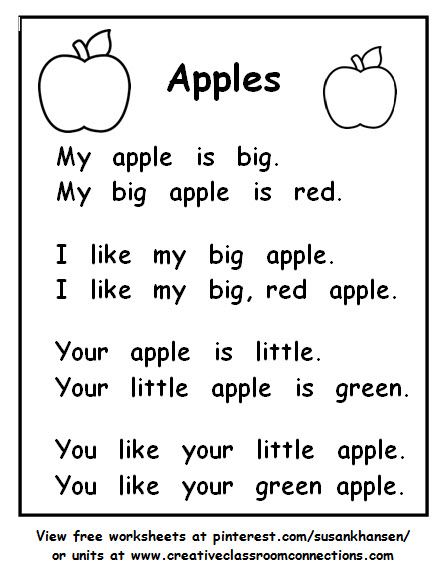 g., root words, prefixes, suffixes, similar words) to figure out unfamiliar words
g., root words, prefixes, suffixes, similar words) to figure out unfamiliar words
Understand elements of literature (e.g., author, main character, setting) by:
- Coming to a conclusion about events, characters, and settings in stories
- Comparing settings, characters, and events in different stories
- Explaining reasons for characters acting the way they do in stories
Understand the characteristics of various simple genres (e.g., fables, realistic fiction, folk tales, poetry, and humorous stories) by:
- Explaining the differences among simple genres
- Writing stories that contain the characteristics of a selected genre
Use correct and appropriate conventions of language when responding to written text by:
- Spelling common high-frequency words correctly
- Using capital letters, commas, and end punctuation correctly
- Writing legibly in print and/or cursive
- Using appropriate and varied word choice
- Using complete sentences
The chart below offers examples of activities children engage in and describes how they are related to reading and writing.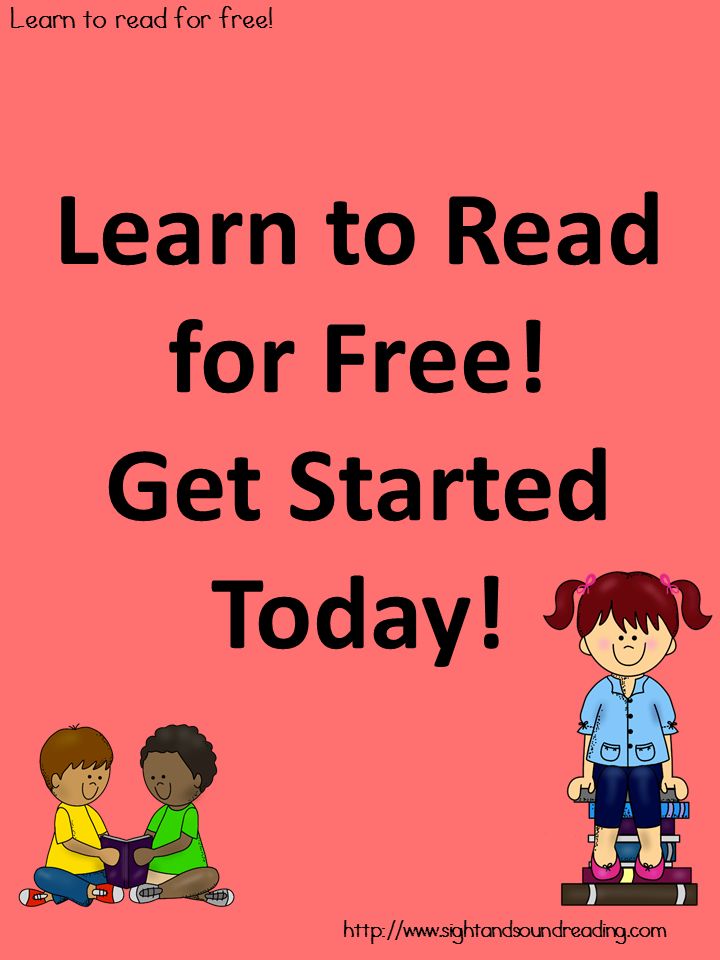
What children might do | How it relates to reading and writing |
|---|---|
| Discuss the rules for an upcoming field trip, watch their teacher write them on a large sheet of paper, and join in when she reads the rules aloud. | Children experience first-hand how different forms of language – listening, speaking, reading, and writing – are connected. They see language used for a purpose, in this case to prepare for their field trip. They see their words written down and hear them read aloud. |
| Look in a book to find the answer to a question. | Children know that print provides information. They use books as a resource to learn about the world. |
| Read and reread a book independently for several days after the teacher reads it aloud to the class. | Children read and reread the book because it's fun and rewarding.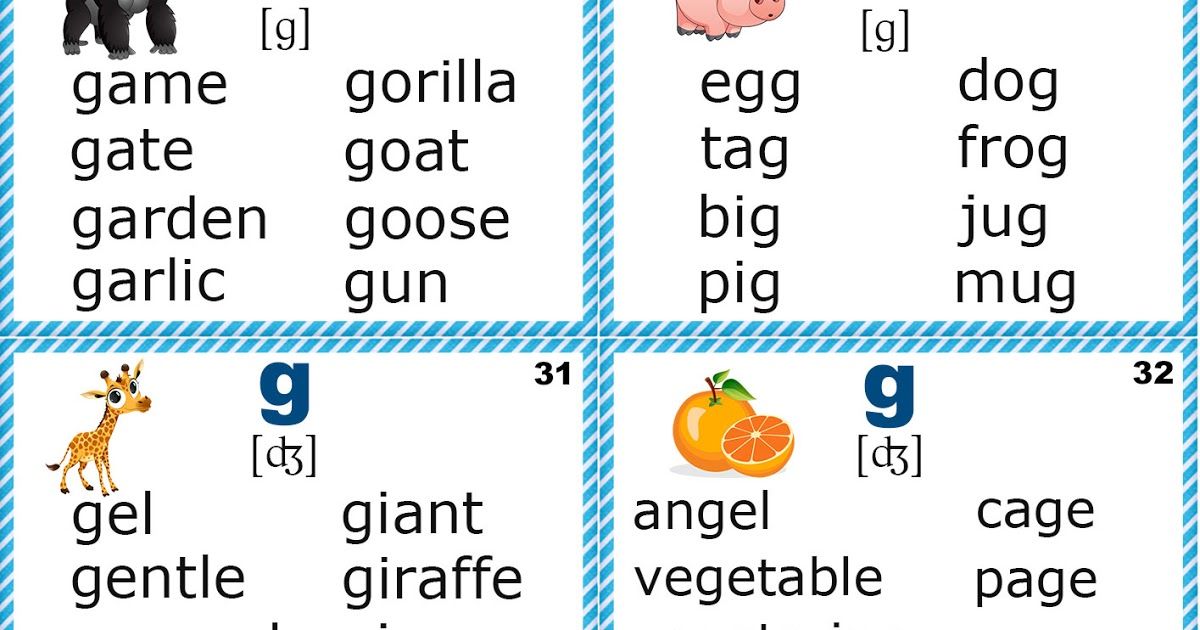 They can recall some of the words the teacher reads aloud and figure out others because they remember the sequence and meaning of the story. They can recall some of the words the teacher reads aloud and figure out others because they remember the sequence and meaning of the story. |
| Read some words easily without stopping to decode them. | Children gradually build a sight vocabulary that includes a majority of the words used most often in the English language. They can read these words automatically. |
| Read words they have never seen before. | Children use what they already know about letter combinations, root words, prefixes, suffixes, and clues in the pictures or story to figure out new words. |
| Use new words while talking and writing. | Children build their vocabularies by reading and talking, sharing ideas, discussing a question, listening to others talk, and exploring their interests. Using new words helps them fully understand the meaning of the words. |
Recognize their own spelling mistakes and ask for help to make corrections.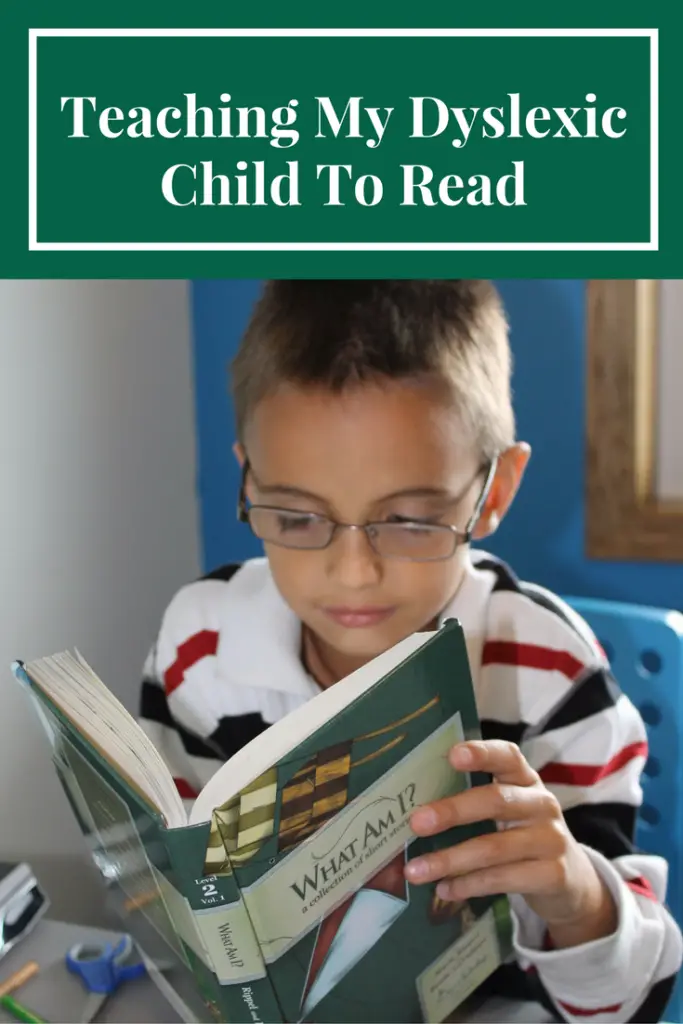 | Children understand that spelling is not just matching sounds with letters. They are learning the basic rules that govern spelling and the exceptions to the rules. |
| Ask questions about what they read. | Children understand that there is more to reading than pronouncing words correctly. They may ask questions to clarify what they have read or to learn more about the topic. |
| Choose to read during free time at home, at school, and in out-of-school programs. | Children learn to enjoy reading independently, particularly when they can read books of their own choosing. The more children read, the better readers they become. |
Key points about development
- Children develop in four, interrelated areas – cognitive and language, physical, social, and emotional.
- Most children follow the same sequence and pattern for development, but do so at their own pace.
- Language skills are closely tied to and affected by cognitive, social, and emotional development.
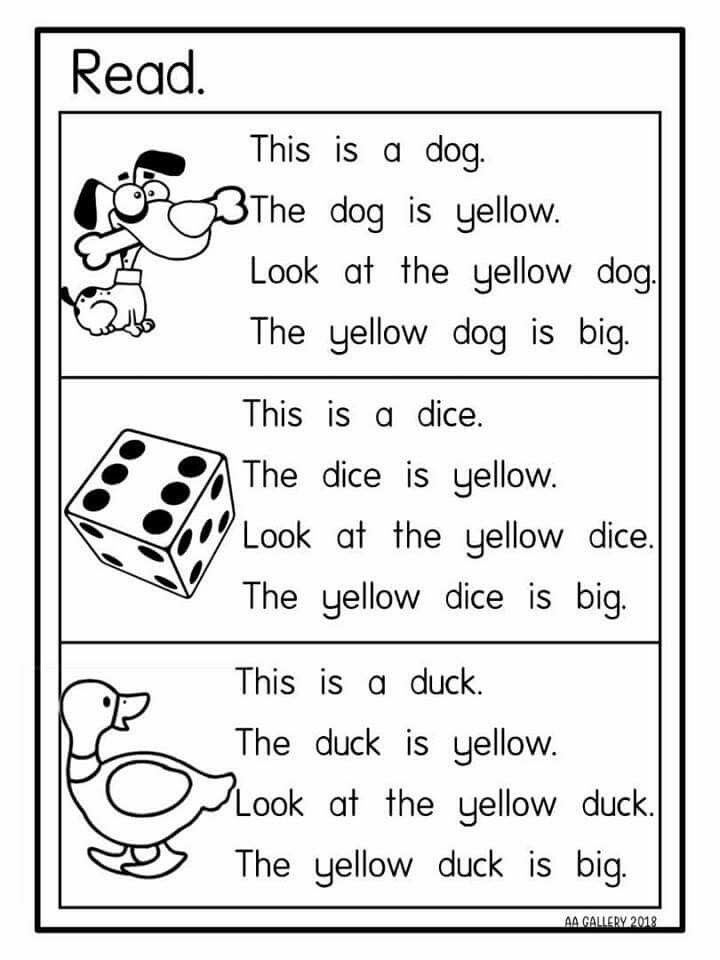
- Children first learn to listen and speak, then use these and other skills to learn to read and write.
- Children's experiences and interactions in the early years are critical to their brain development and overall learning.
- Emerging literacy is the gradual, ongoing process of learning to understand and use language.
- Children make numerous language discoveries as they play, explore, and interact with others.
- Children build on their language discoveries to become conventional readers and writers.
- Effective readers and writers recognize letters and words, follow writing rules, and create meaning from text.
- Successful programs to promote children's reading and literacy development should be based on an understanding of child development, recent research on brain development, and the natural ongoing process through which most young children acquire language skills and become readers and writers.
How Do Children Learn to Read?
Understanding how sounds are connected to print
In an English alphabetic system, the individual letters on the page are abstract and meaningless, in and of themselves.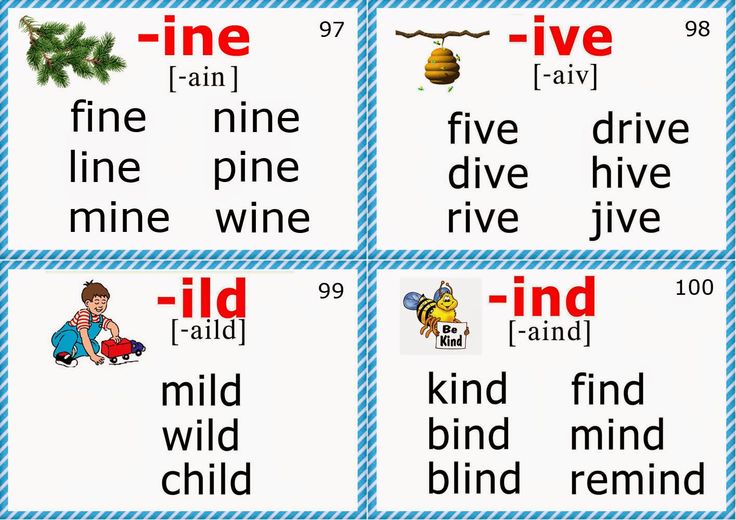 They must eventually be linked to equally abstract sounds called phonemes, blended together and pronounced as words, where meaning is finally realized.
They must eventually be linked to equally abstract sounds called phonemes, blended together and pronounced as words, where meaning is finally realized.
To learn to read English, the child must figure out the relationship between sounds and letters. Thus, the beginning reader must learn the connections between the approximately 44 sounds of spoken English (the phonemes), and the 26 letters of the alphabet.
What our NICHD research has taught us is that in order for a beginning reader to learn how to connect or translate printed symbols (letters and letter patterns) into sound, the would-be reader must understand that our speech can be segmented or broken into small sounds (phoneme awareness) and that the segmented units of speech can be represented by printed forms (phonics). This understanding that written spellings systematically represent the phonemes of spoken words (termed the alphabetic principle) is absolutely necessary for the development of accurate and rapid word reading skills.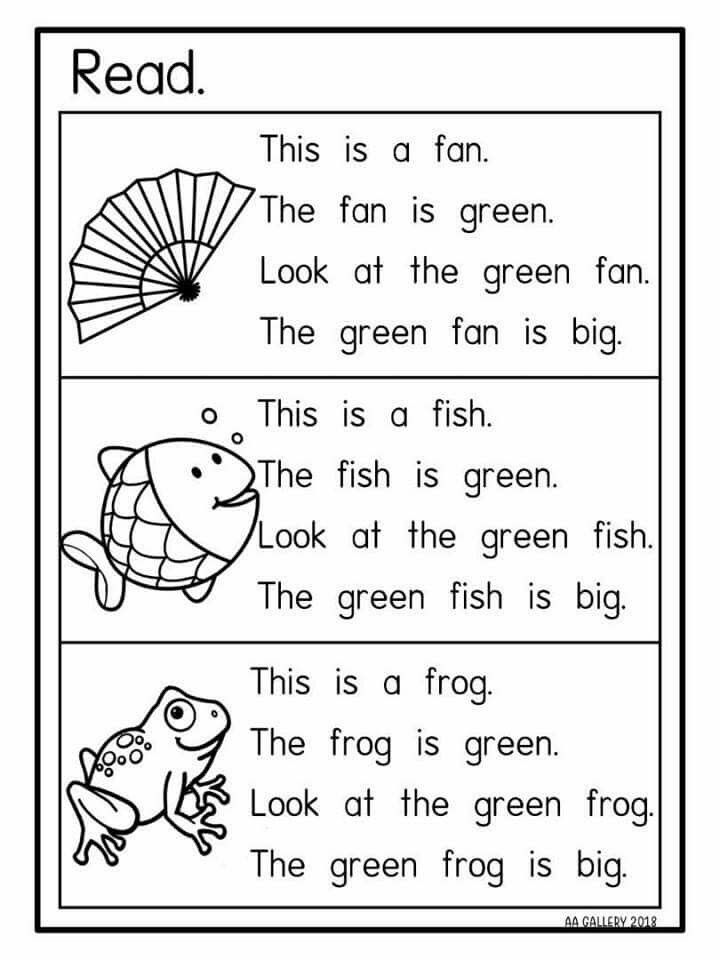
Why are phoneme awareness and the development of the alphabetic principle so critical for the beginning reader? Because if children cannot perceive the sounds in spoken words – for example, if they cannot "hear" the at sound in fat and cat and perceive that the difference lies in the first sound, they will have difficulty decoding or "sounding out" words in a rapid and accurate fashion.
This awareness of the sound structure of our language seems so easy and commonplace that we take it for granted. But many children do not develop phoneme awareness, and for some interesting reasons that we are now beginning to understand.
From the NICHD studies that were initiated in 1965 to understand how the reading process develops, we now have strong evidence that it is not the ear that understands that a spoken word like cat is divided into three sounds and that these discrete sounds can be linked to the letters C-A-T.
Rather, we know it is the language systems in the brain that performs this function.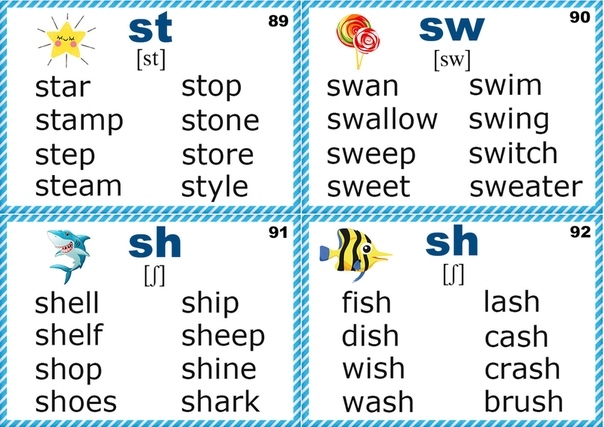 In some youngsters, the brain seems to have an easy time processing this type of information.
In some youngsters, the brain seems to have an easy time processing this type of information.
However, in many children that skill is only learned with difficulty, and thus must be taught directly, explicitly, and by a well-prepared and informed teacher.
It also has become clear that the development of these critical early reading-related skills, such as phoneme awareness and phonics, are fostered when children are read to at home during the preschool years, when they learn their letter and number names, and when they are introduced at very early ages to concepts of print and literacy activities.
Does this mean that children who have a difficulty understanding that spoken words are composed of discrete individual sounds that can be linked to letters suffer from brain dysfunction or damage? Not at all.
It simply means that the neural systems that perceive the phonemes in our language are less efficient in these children than in other children.
The development of phoneme awareness, the development of an understanding of the alphabetic principle, and the translation of these skills to the application of phonics in reading and spelling words are non-negotiable beginning reading skills that all children must master in order to understand what they read and to learn from their reading sessions.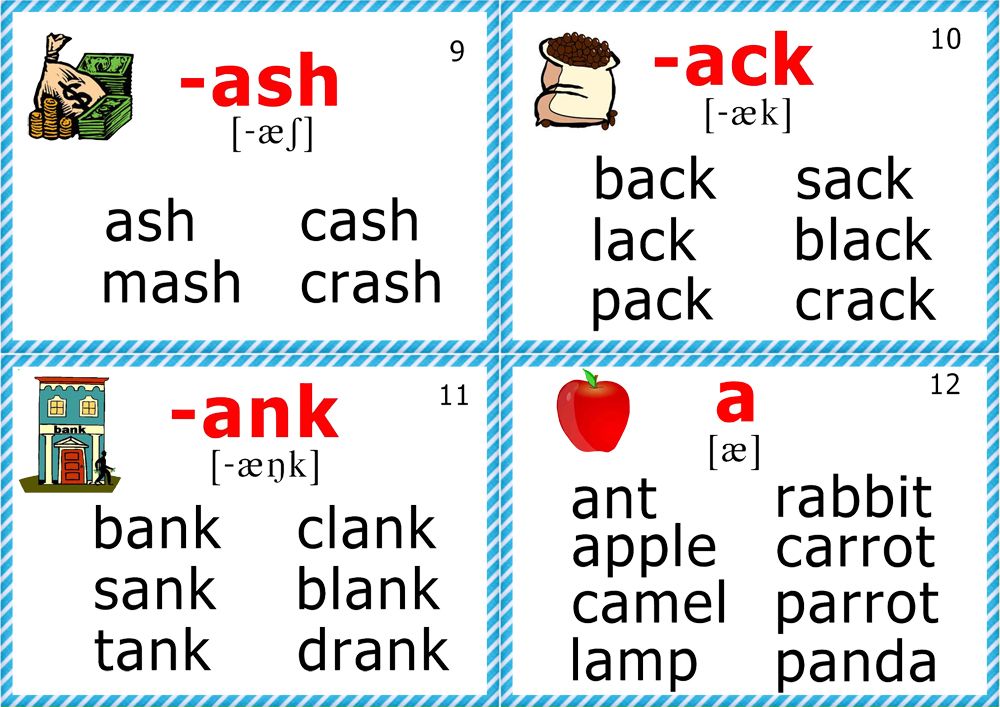
But the development of phoneme awareness and phonics, while necessary, are not sufficient for learning to read the English language so that meaning can be derived from print. In addition to learning how to "sound out" new and/or unfamiliar words, the beginning reader must eventually become proficient in reading at a fast pace larger units of print such as syllable patterns, meaningful roots, suffixes, and whole words.
The development of reading fluency
While the ability to read words accurately is a necessary skill in learning to read, the speed at which this is done becomes a critical factor in ensuring that children understand what they read.
Children vary in the amount of practice that is required for fluency and automaticity in reading to occur. Some youngsters can read a word only once to recognize it again with greater speed; others need 20 or more exposures. The average child needs between four and 14 exposures to automatize the recognition of a new word.
Therefore, in learning to read, it is vital that children read a large amount of text at their independent reading level (with 95 percent accuracy), and that the text provide specific practice in the skills being learned.
It is also important to note that spelling instruction fosters the development of reading fluency. Through spelling instruction, youngsters receive many examples of how letters represent the sounds of speech and also alert the young reader to the fact that written words are made up of larger units of print (like syllables). This insight lets the developing reader know that word recognition can be accomplished by reading words in larger "chunks" rather than letter-by-letter.
Constructing meaning from print
The ultimate goal of reading instruction is to enable children to understand what they read.
The ability to understand what is read appears to be based on several factors. Children who comprehend well, seem to be able to activate their relevant background knowledge when reading – that is, they can relate what is on the page to what they already know.
Good comprehenders also must have good vocabularies, since it is extremely difficult to understand something you can not define.
Good comprehenders also have a knack for summarizing, predicting, and clarifying what they have read, and they frequently use questions to guide their understanding.
Good comprehenders are also facile in employing the sentence structure within the text to enhance their comprehension.
In general, if children can read the words on a page accurately and fluently, they will be able to construct meaning at two levels. At the first level, literal understanding is achieved. However, constructing meaning requires far more than literal comprehension.
The children must eventually actively guide themselves through text by asking questions like, "Why am I reading this and how does this information relate to my reasons for doing so?," "What is the author's point of view?," "Do I understand what the author is saying and why?," "Is the text internally consistent?," and so on.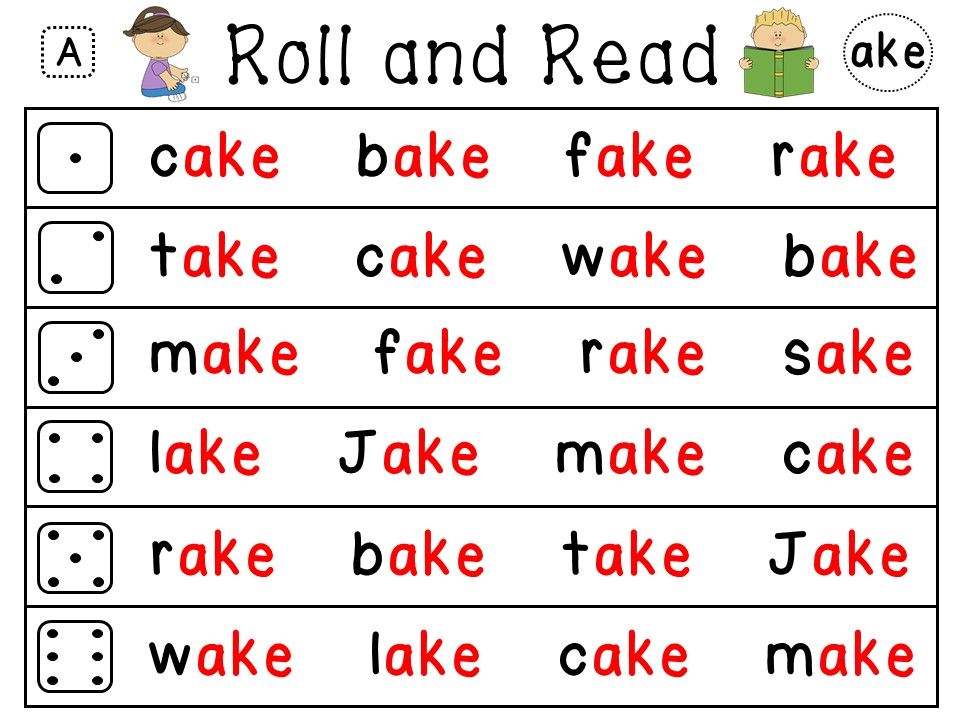 It is this second level of comprehension that leads readers to reflective, purposeful understanding of the meaning of what they have read.
It is this second level of comprehension that leads readers to reflective, purposeful understanding of the meaning of what they have read.
The development of reading comprehension skills, like the development of phoneme awareness, phonics, and reading fluency, needs to be fostered by highly trained teachers.
Recent research shows that the teacher must arrange for opportunities for students to discuss the highlights of what they have read and any difficulties they have had when reading.
Children's reflections on what they have read can also be directly fostered through instruction in comprehension strategies. These sorts of discussions and activities should be conducted throughout a range of literacy genres, both fiction and nonfiction, and should be a regular component of the language arts curriculum throughout the children's school years.
Other factors that influence learning to read
Our research continues to converge on the following findings.
Good readers are phonemically aware, understand the alphabetic principle, can apply these skills to the development and application of phonics skills when reading and spelling words, and can accomplish these applications in a fluent and accurate manner.
Given the ability to rapidly and automatically decode and recognize words, good readers bring strong vocabularies and good syntactic and grammatical skills to the reading comprehension process, and actively relate what is being read to their own background knowledge via a variety of strategies.
But what factors can provide a firm foundation for these skills to develop?
It is clear from research on emerging literacy that learning to read is a relatively lengthy process that begins very early in development and clearly before children enter formal schooling.
Children who receive stimulating literacy experiences from birth onward appear to have an edge when it comes to vocabulary development, understanding the goals of reading, and developing an awareness of print and literacy concepts.
Children who are read to frequently at very young ages become exposed in interesting and exciting ways to the sounds of our language, to the concept of rhyming, and to other word and language play activities that serve to provide the foundation for the development of phoneme awareness.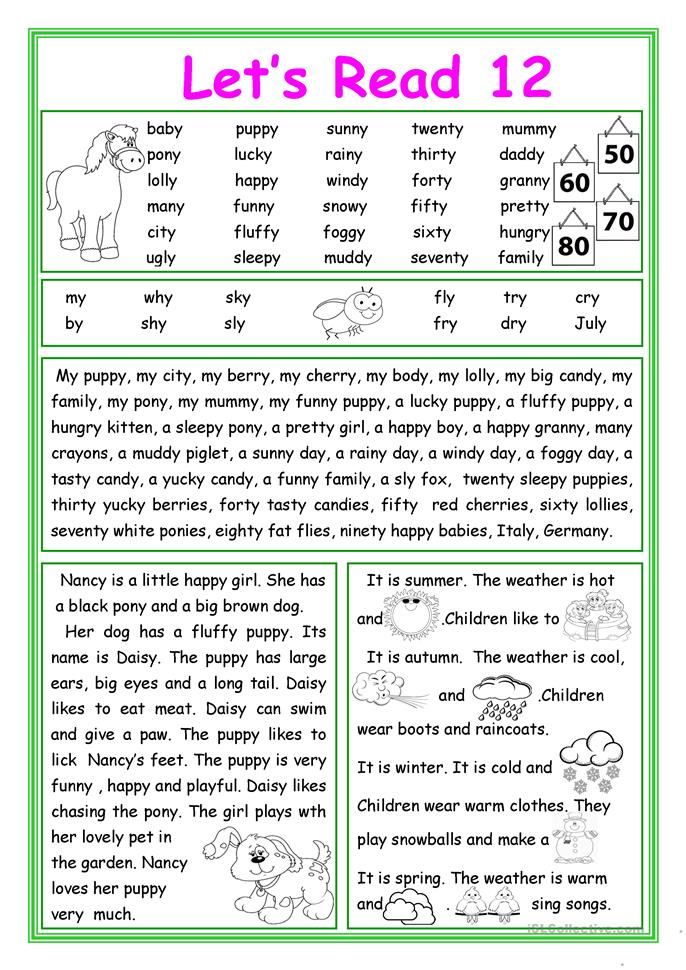
As children are exposed to literacy activities at young ages, they begin to recognize and discriminate letters. Without a doubt, children who have learned to recognize and print most letters as preschoolers will have less to learn upon school entry. The learning of letter names is also important because the names of many letters contain the sounds they most often represent, thus orienting youngsters early to the alphabetic principle or how letters and sounds connect.
Ultimately, children's ability to understand what they are reading is inextricably linked to their background knowledge. Very young children who are provided opportunities to learn, think, and talk about new areas of knowledge will gain much from the reading process. With understanding comes the clear desire to read more and to read frequently, ensuring that reading practice takes place.
How to teach a child to read
04/14/2020
Today, a rare child learns to read only in the first grade.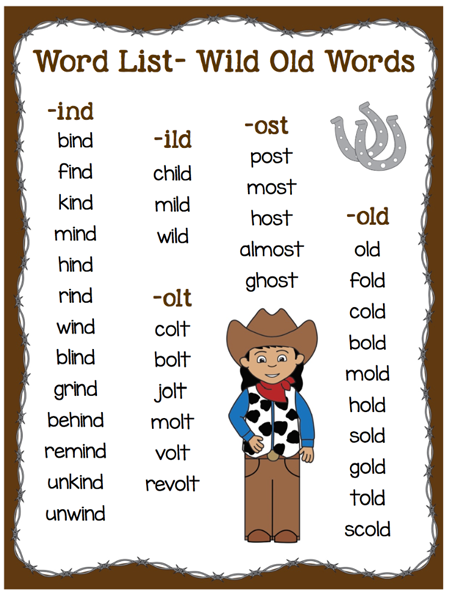 Babies begin to show interest in letters and words already at the age of about 3-4 years. Many parents seize the moment and decide to start reading classes.
Babies begin to show interest in letters and words already at the age of about 3-4 years. Many parents seize the moment and decide to start reading classes.
Content:
- When to start learning to read
- Basic methods of teaching reading
- Phonetic method - learning to read by syllables
- Zaitsev Cubes
- Glen Doman's cards, or read whole words
- Maria Montessori Method
- Which teaching method to choose
- Common Mistakes in Teaching Reading
- How to get your child interested in reading
When to start learning to read
There is no single correct answer to this question. Some parents consider the optimal age to start training at 4-5 years old, others - 6 years old, and still others begin classes as early as 2 years old. In fact, you need to “attach” not to a specific age, but to the level of development of the child, because all children develop at their own pace.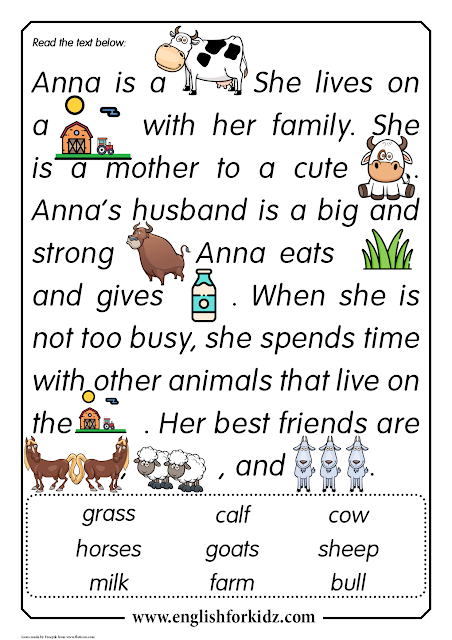
A child is ready to start reading when:
- speaks clearly, without confusing similar sounds and syllables;
- builds sentences correctly and coherently;
- maintains a conversation, consistently and clearly talks about an event or about the past day;
- is oriented in space, clearly distinguishing between the concepts of "right" and "left", as well as "up" and "down";
- shows interest in reading.
You can start reading even when the baby's speech is not yet completely coherent. In this case, in parallel with reading lessons, you need to perform speech therapy exercises, perform special gymnastics and, in general, talk more with the child.
The main methods of teaching reading
Today there are dozens of methods by which children learn to read. Among them there are some of the most popular, known all over the world. Each of them has its own characteristics, pros and cons.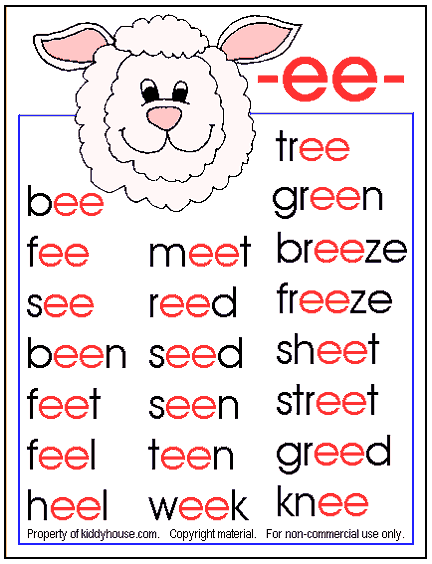
Phonetic method - learning to read by syllables
This is a classic method used in most preschools and elementary schools. First, the child is taught to pronounce sounds, then they are introduced to letters, and then he learns to combine sounds into syllables, and syllables into words. Education takes place on cards with letters and syllables, as well as on any of the traditional textbooks - the alphabet or primer with elementary texts.
Advantages of the technique:
- Most children have no difficulty repeating the sounds they hear in words and repeating them.
- Along the way, you can get rid of mild speech defects.
Disadvantages:
- The syllable reading method is not suitable for children under 4 years old, as it takes a lot of time, requires perseverance and a certain level of knowledge.
Zaitsev's cubes
Teaching is carried out with the help of plastic, wooden, metal or cardboard cubes, on the edges of which single sounds (consonants, vowels), all frequently used syllables, as well as consonants paired with a soft sign are applied.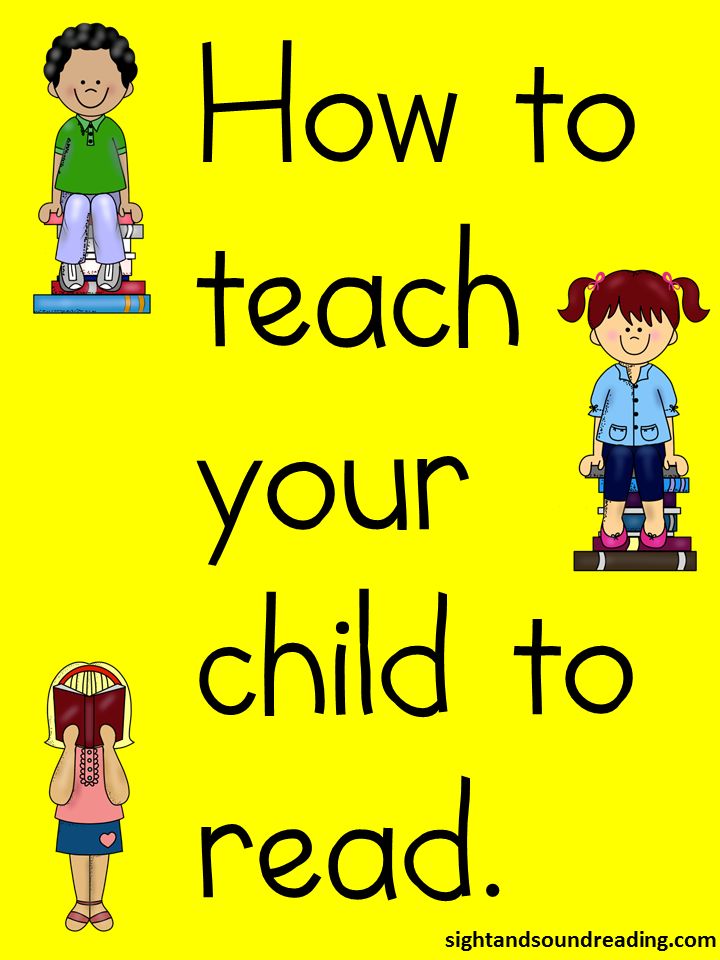 The cubes have different sizes and colors, often some loose material is placed inside this object so that the cube “sounds”. Such dissimilarity allows the child to memorize the main characteristics of sounds, for example, voiced syllables are applied to metal cubes, combinations with deaf consonants are applied to wooden cubes, etc.
The cubes have different sizes and colors, often some loose material is placed inside this object so that the cube “sounds”. Such dissimilarity allows the child to memorize the main characteristics of sounds, for example, voiced syllables are applied to metal cubes, combinations with deaf consonants are applied to wooden cubes, etc.
Advantages of the method:
- Training is conducted in a game format.
- There is no restriction on the age of the student.
- At the same time, ear for music and fine motor skills of hands develop, the child gets acquainted with the concept of shape and size.
Disadvantages:
- Zaitsev's cubes do not give an idea of the basics of phonetics.
- Children trained according to this method at first tend to "swallow" the endings of words.
Glenn Doman's cards, or read whole words
Glenn Doman's technique can be used already from infancy - the baby is shown several times a day cards with a picture and a word denoting it, while at the same time clearly pronouncing what is written. This allows children to perceive words at once as a whole unit, and not in parts. Later, the adult shows the child a card with only the written word, covering the image. At 1.5–2 years old, children are able to independently say what exactly is written on the card.
This allows children to perceive words at once as a whole unit, and not in parts. Later, the adult shows the child a card with only the written word, covering the image. At 1.5–2 years old, children are able to independently say what exactly is written on the card.
Advantages of the method:
- Ability to start learning to read from early childhood.
- In parallel, the child's memory develops.
Disadvantages:
- A child educated in this system may have literacy problems.
- The method does not introduce the analysis of words by phonemic composition.
The Maria Montessori Method
Learning takes place in the form of a game with letter toys made of rough paper and glued to cardboard, wooden or plastic signs. Repeating after an adult the sound denoted by a letter, he circles its contour with his finger, which contributes to better memorization.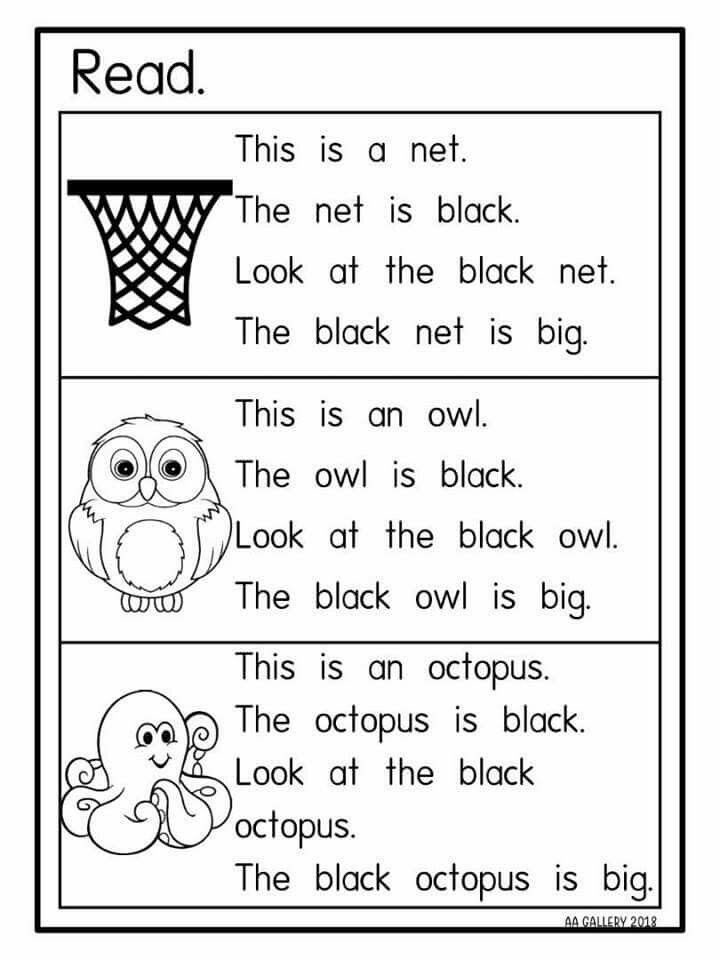 The second stage is the compilation of syllables and phrases, for which the plates with letters are folded into special frames.
The second stage is the compilation of syllables and phrases, for which the plates with letters are folded into special frames.
Advantages of the method:
- Training takes place in an interesting game format.
- Fine motor skills develop.
Disadvantages:
- The method is more suitable for group rather than individual lessons.
- Training involves some material costs for the acquisition or production of didactic material.
Which teaching method to choose
You may have to try several different techniques before you find "your" one. In any case, learning should not resemble strict lessons, but an exciting game so that the child associates classes with pleasure. In addition, experts have proven that it is an entertaining game, and not strict lessons, that is the most effective, easy and quick way to learn to read.
There are several interesting exercises that can be applied in teaching reading.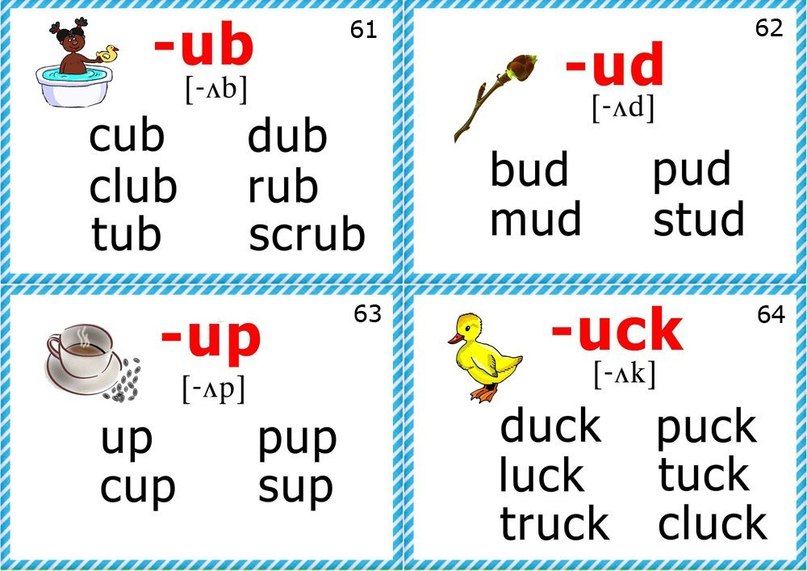 For example, in the game "Live letters" you will create a letter from any materials at hand - paper, plasticine, dough, and then put them into syllables and words. And fans of board games can choose one of those that are focused on reading. The most famous are Read-Grab and Animal Letters .
For example, in the game "Live letters" you will create a letter from any materials at hand - paper, plasticine, dough, and then put them into syllables and words. And fans of board games can choose one of those that are focused on reading. The most famous are Read-Grab and Animal Letters .
game "Secret Letters" will become interesting - write or print a letter to a child on behalf of his favorite toy or fairy tale character. You can even find ready-made blanks for such messages in bookstores.
Common mistakes in learning to read
In class, it is important to avoid common mistakes that can significantly impede learning.
For example, many parents focus on memorizing not sounds, but letters , which is fundamentally wrong and can lead to the fact that in the future, when reading, the child will use the names of letters, and not sounds, for example, the words “house ” he will read as “DeOem”, and “cat” as “KaoShaKaA”.
The second common mistake is exhausting activities . A child under 4 years old needs 10 minutes of training a day - he cannot be attentive longer, and children aged 5-6 years can study without a break for 15-20 minutes. At the first sign of fatigue and absent-mindedness, classes should be stopped immediately. It is also forbidden to use psychological pressure on a small student, to shame him for the fact that at his age he still cannot read and does not want to study, intimidate, scream. On the contrary, it is worth praising the child for every achievement, for every correctly read word. Also, do not forget that children copy their parents in many ways, and the absence of the habit of reading in adults can negatively affect the motivation of the child.
How to instill in a child an interest in reading
The surest way to teach a child to read is to support the culture of reading in the family , and also to read books as much as possible with the baby, and not just read, but also discuss, retell them briefly content - so the child will better understand what he read and remember it.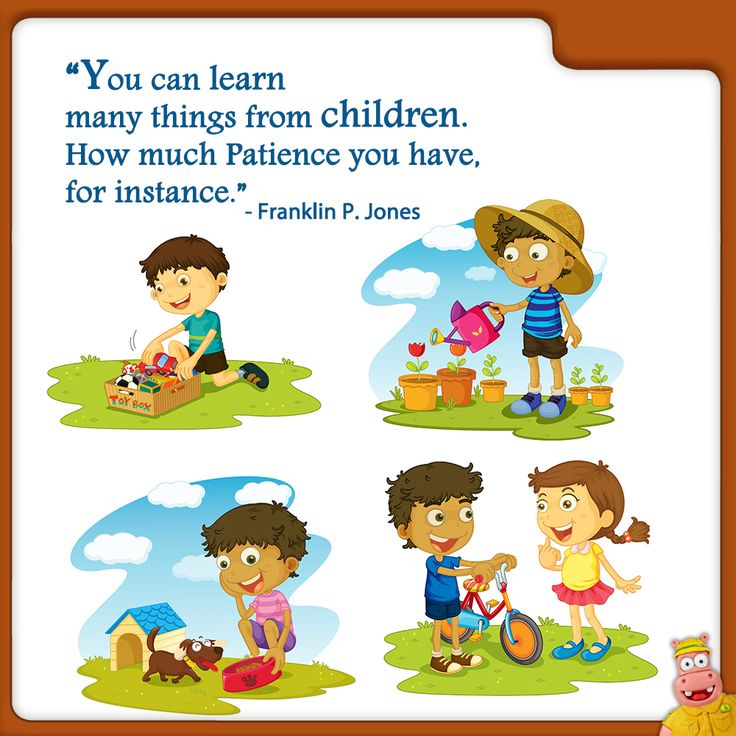 When learning has progressed to the point where the student can read independently, you can interest him by reading aloud the most fascinating passages from the works. And what will be discussed further in the book - let him read it himself.
When learning has progressed to the point where the student can read independently, you can interest him by reading aloud the most fascinating passages from the works. And what will be discussed further in the book - let him read it himself.
How to teach a child to read. 5 ways to teach your child quickly and correctly.
The whole truth about how to choose a backpack for a first grader.
- Articles
- How to teach a child to read. 5 ways to teach your child quickly and correctly.
Reading is one of the very first skills that a child will master in his life. In our society, literacy is the key to success, and when reading ability does not develop within one or two classes, parents begin to feel that they have failed.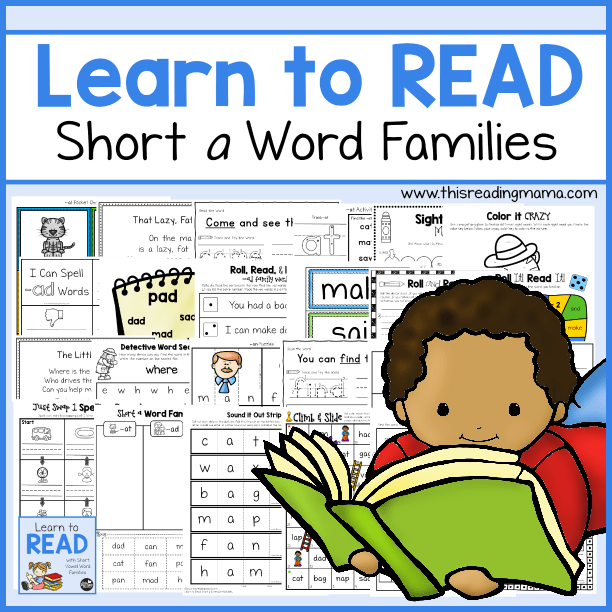 However, most likely, the matter is in the choice of the method of education - there are no right and wrong books, methods, games, it all depends on the individual characteristics of the baby. There are no two children who simultaneously learned to read at the same pace, but for each case, the main thing is patience, diligence, perseverance.
However, most likely, the matter is in the choice of the method of education - there are no right and wrong books, methods, games, it all depends on the individual characteristics of the baby. There are no two children who simultaneously learned to read at the same pace, but for each case, the main thing is patience, diligence, perseverance.
In our article “What a future first grader should know when going to school”, we talked about the fact that reading by syllable is one of the skills that helps a child better adapt to the first grade. Therefore, it is worth starting training in advance, but taking into account the readiness of the child to learn.
How to get a child interested in reading?
Most children learn to read at the age of 5-7 years. Parents are encouraged to read aloud to their children, as the best way to instill a love of books is by example. Babies may not understand what you are reading, but they will become familiar with what a book is, learn to distinguish drawing from print. Toddlers love to imitate adults, play with printed materials, start flipping pages - this is another option for training fine motor skills. The main thing for parents at first is to form positive associations in the baby associated with the books they read. Read - and they will want to read, smile, opening a fresh volume, - children will also smile, flipping through the pages!
Toddlers love to imitate adults, play with printed materials, start flipping pages - this is another option for training fine motor skills. The main thing for parents at first is to form positive associations in the baby associated with the books they read. Read - and they will want to read, smile, opening a fresh volume, - children will also smile, flipping through the pages!
Is the child ready to learn to read: how to determine?
-
Desire to learn. Motivation is an essential component of learning - children need to get excited, really interested to start reading, then they will do their best to learn.
-
Games “I write” and “I read”. If you saw that the baby took the book and examines the pages, imitates reading, or tries to draw with a pencil not just drawings, but zigzags resembling letters, these are signs that you should pay attention to.
-
Involvement in history and attentiveness. How attentively does the child listen to the story being read? How involved is he in the story you are reading? Can he retell it? If the baby not only hears, but listens with interest and remembers what you read to him, you can certainly take the first steps towards his education.

-
Understanding how to open a book, flipping through, realizing that sentences are read from left to right is another bell that indicates a child's interest.
-
Interest. Can your toddler point to large letters and identify them with something familiar, recognize multiple lowercase letters? When the text you read ceases to be just a set of characters for him, take a closer look.
-
The ability to distinguish readable sounds. A good way to determine if the baby knows about the sound structure of words is to check if he can rhyme simple words, determine the first and last sound.
-
Developed oral language. If your son or daughter does not have problems with pronunciation and errors in syllable coordination, he or she can start learning.
You can teach to read in several stages, depending on the age of a small student:
-
2-3 years - work is underway on figurative thinking, parents arouse interest in reading fairy tales, look at pictures together.
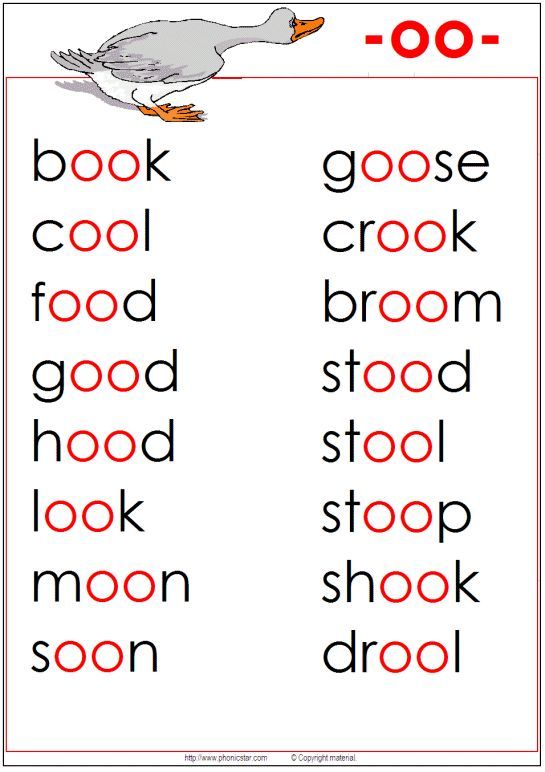
-
4-5 years - the first acquaintance with the alphabet takes place, simple sound-letter learning.
-
5-6 years - you can teach to read words, sentences, retell a readable text.
Basic training rules
What is the most successful approach to early learning to read? Let your child set their own pace and enjoy what they are doing. Do not force him to memorize numbers, shapes, names of objects, sentences you read. On the contrary, encourage curiosity, let the little one learn to explore on his own, discover new things, without fear of mistakes. The main condition is the desire of the smallest student. Read books to your baby that he really likes and entertains, the readable text should not be boring! Do not force reading when the child does not want it - this can permanently turn him away from books.
Use games - it is in a playful way that preschoolers most easily learn the information they read, so combine the useful with the pleasant. Keep the child interested, but do not make the classes too long - it is better to spend less time studying, but do it more often. Classes should be diversified with light warm-ups or outdoor games, which help relieve stress, distract and gain strength to continue studying.
Keep the child interested, but do not make the classes too long - it is better to spend less time studying, but do it more often. Classes should be diversified with light warm-ups or outdoor games, which help relieve stress, distract and gain strength to continue studying.
Good parents must remain patient and not compare their child's progress to other children's - remember that everyone's learning process is at their own pace. Listen to the baby, if right now he does not want to read, pick another time. For each preschooler, you can choose the best home teaching method - look at the different methods, choosing the one that suits your baby.
Teaching methods
Montessori method
The Italian teacher and doctor Maria Montessori proposed a method of teaching reading, according to which you must first learn to write, and only then read. Small children perceive lettering as drawings, so it's easier to start by teaching a preschooler how to write the alphabet correctly.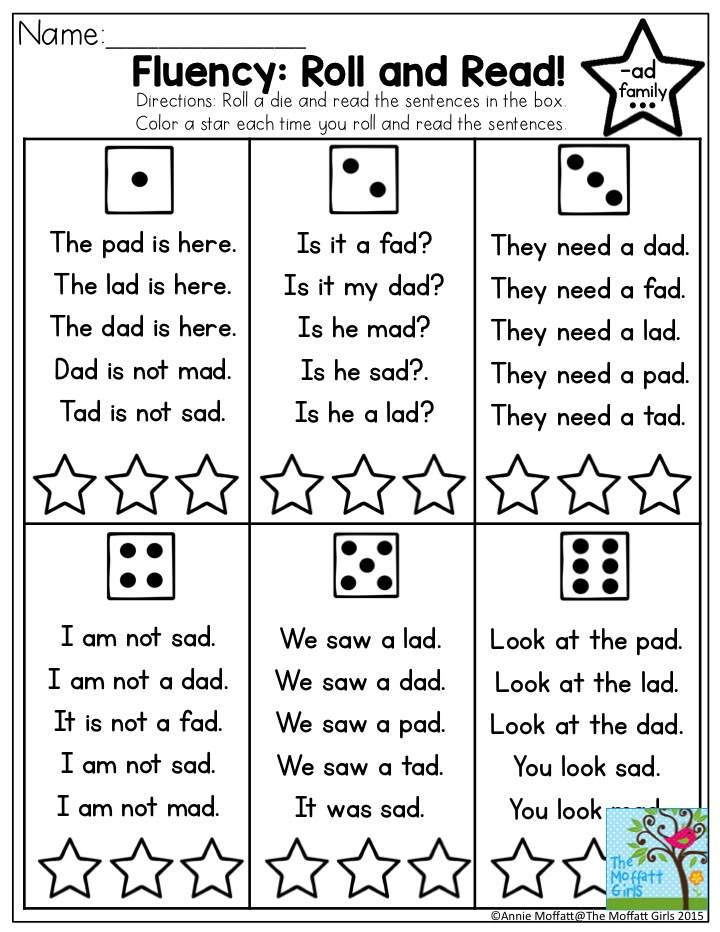 Use cursive, not block characters - rounded characters are easier to read for preschoolers. The methodology provides for training without manuals, books, primers. You will need paper, a pencil, toy three-dimensional letters. The process takes place in several stages:
Use cursive, not block characters - rounded characters are easier to read for preschoolers. The methodology provides for training without manuals, books, primers. You will need paper, a pencil, toy three-dimensional letters. The process takes place in several stages:
-
Hand training. Before you learn to write, teach your child to circle a variety of objects, to hatch drawings. Such exercises train the hand and fingers, develop fine motor skills. If the baby gets used to holding a pencil in his hand, the first letters will come out easily, without much effort.
-
"Feeling" letters. Tactile contact is one of the first ways a child explores the world. Let him "touch" to get acquainted with the alphabet. You can buy tables with a convex alphabet or cut out letters yourself from fabric, soft paper. It is better that the preschooler is pleased to touch them, then he will learn the alphabet very quickly, he will be able to compose syllables on his own.
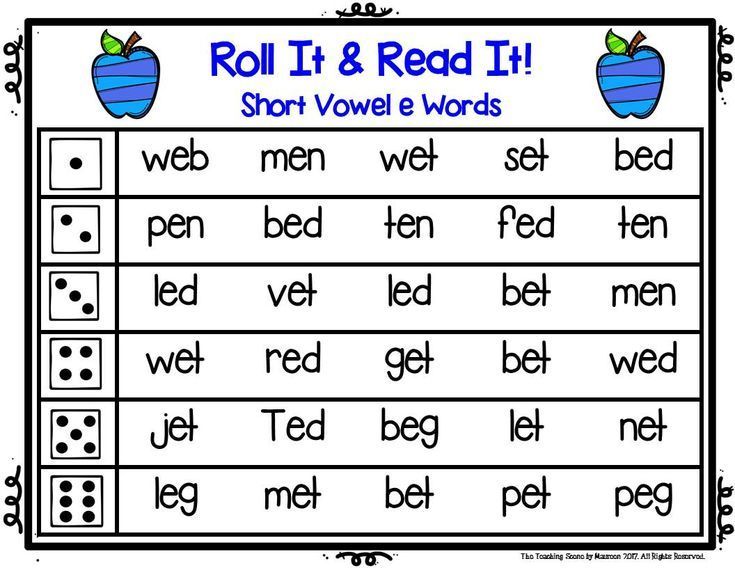
-
Compilation of words. Having learned the alphabet, children are ready to connect letters into syllables, and syllables into words.
-
First writing lessons. At this stage, some children immediately write in full sentences, some prefer drawing individual letters. Do not rush the preschooler, give him enough time to learn the art of writing. After numerous trainings, your son or daughter will learn how to correctly write the words and sentences they know.
-
Reading. Composing familiar concepts from cut out letters or trying to write them with a finger in the sand, the child will repeat them, gradually moving from writing to being able to read. With each practice, the words will become easier to read for him.
Zaitsev Cubes
Zaitsev's technique is based on a game form of learning, for this they use cubes developed by a famous teacher. According to this method, in order to teach a child to read, you do not need to use the alphabet, which is more likely to confuse than help.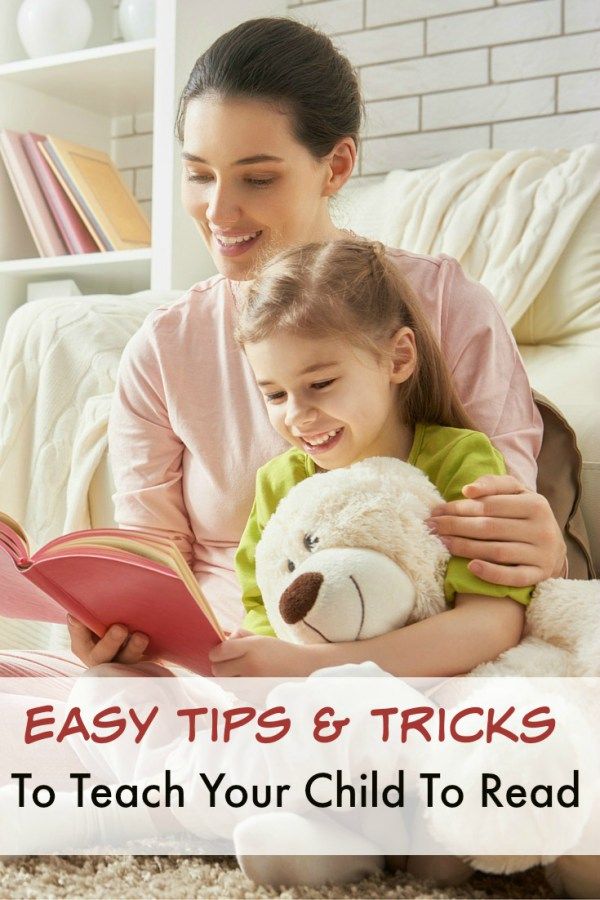 Zaitsev believed: the alphabet is harmful due to the use of pictures. For example, if a baby remembers the letter “A” associated with a picture of a stork, and “M” with a picture of a mouse, he may decide: to write “mother” you need two storks and two mice. The readable text will be clearer if you first learn to write, make warehouses, and only then start reading. There are several rules for this technique:
Zaitsev believed: the alphabet is harmful due to the use of pictures. For example, if a baby remembers the letter “A” associated with a picture of a stork, and “M” with a picture of a mouse, he may decide: to write “mother” you need two storks and two mice. The readable text will be clearer if you first learn to write, make warehouses, and only then start reading. There are several rules for this technique:
-
The basic unit of the language according to this method is not a syllable, the basic unit is a warehouse, that is, a combination of consonant and vowel sounds. For example: PA-PA, MA-MA, SA-MO-LE-T.
-
Warehouses are presented to the child not in a book or cards, but on cubes that are designed to develop analytical thinking. They differ in colors, sizes, have different content, due to which they produce a different sound. A preschooler will learn to distinguish and memorize them by sound, touch, appearance, using all the senses. Warehouses are written on the edges, not syllables.
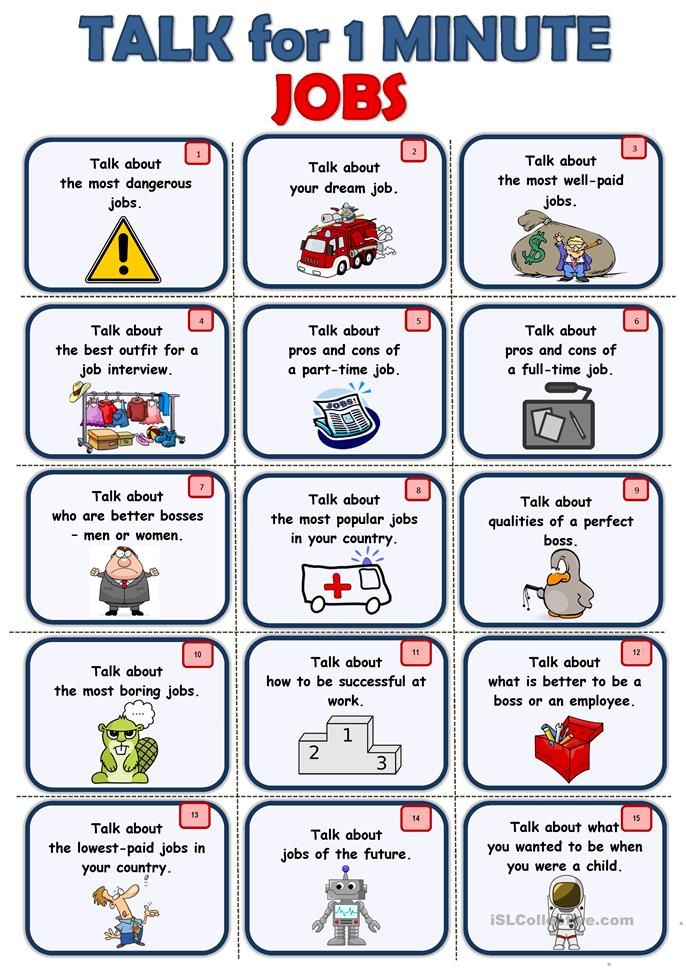
-
Learning takes place in a playful way - let the child build towers from cubes, gradually moving on to compiling readable words. You can sing warehouses, speak out loud, start writing (not necessarily with a pencil, just move your finger along the table).
-
There are 52 large and small cubes in the set, 7 are repeated so that you can make words with the same warehouses. The letters are written in different colors, there is a cube with punctuation marks. Products are made of different materials, there are wooden, iron, golden and combined.
Phonetic method
The phonetic or sound technique is used in schools, so if you start teaching a child using it, it will be easier for him to adapt to learning already sitting at a desk. This method is easy to use at home, useful for practicing correct pronunciation, suitable for 5-6 year old preschoolers, but may not be practical for earlier reading. The technique consists of several stages: first, the baby must be taught to distinguish sounds in readable words, then they must be taught to correctly write sounds in letters, put what is written into syllables, and then into words and sentences.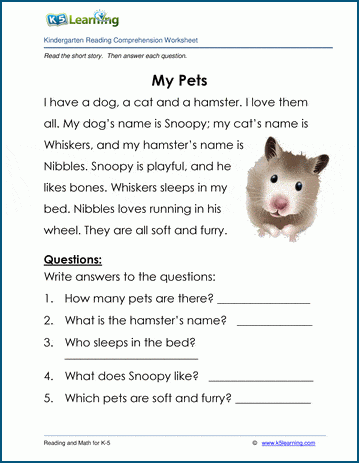
Glen Doman cards
According to the methodology developed by Glen Doman, you need to start reading with individual words, not syllables. The technique is suitable for the youngest children, even those who are only a couple of months old. The child is shown cards with words in a certain order, correctly and carefully repeating what is written aloud, gradually moving on to phrases, sentences and books. In total - 5 steps:
-
Step number 1: 15 cards with inscriptions are used that may be interesting and familiar to the child (“mom”, “dad”, names of pets, names of favorite dishes). Cards need to be alternated and shown, explaining what is written. Readable cards are held in the hands of a parent, the viewing time of each is 1-2 seconds. After the first 15 words, you should add the following, on average, you should learn 5 new concepts per day.
-
Step number 2: you need to analyze the vocabulary of a preschooler and start compiling phrases.
 The easiest way to perceive phrases with colors, dimensions, familiar characteristics - “red apple”, “big stool”, “clean hands”.
The easiest way to perceive phrases with colors, dimensions, familiar characteristics - “red apple”, “big stool”, “clean hands”. -
Step #3: You should start with 5 simple sentences, demonstrating them three times a day, and after 3-5 days, start replacing them with new readable cards.
-
Step number 4: it will be correct to teach how to read common sentences, complicating them with new words. For example, “mom is cooking” can be turned into “mom is cooking soup”. Gradually, the child will be ready to move on to the final stage - the book.
-
Step #5: After reading cards with large letters, you can move on to books with smaller fonts. The first book must comply with several rules: vocabulary - 50-100 familiar words, one sentence per page, pictures after the text. It is not necessary to purchase ready-made books, you can make them yourself, the main thing is that the material you read is of interest to your son or daughter.
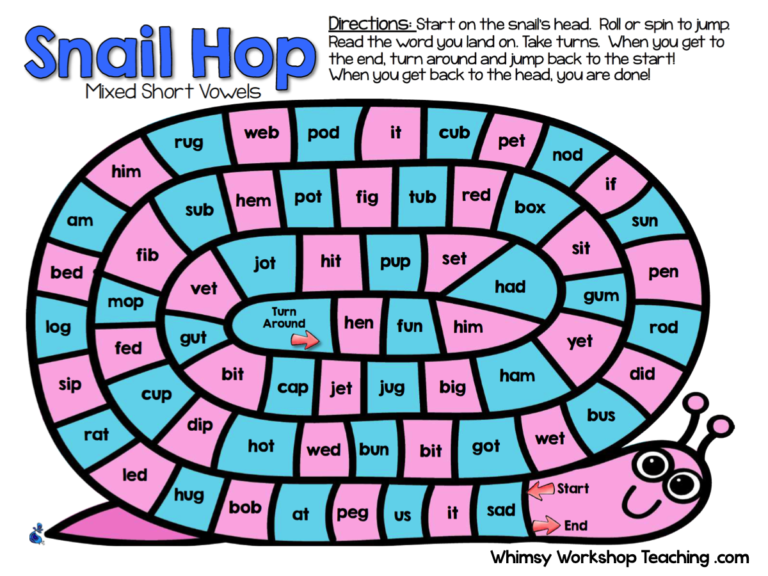
Olga Soboleva's technique
The methodology of the Russian teacher Olga Soboleva is based on motivation by creating confidence in the child that reading is pleasant. Learning takes place in the form of a game using associations. For example, the letter “M” should be associated with the native word “mother”. At the same time, the method excludes learning by syllables, you need to start with words, after which sentences are mastered immediately. Games gradually move to books, so that the love of reading is instilled in the preschooler.
How to teach reading independently and at home
Almost all teaching methods agree that the easiest way is to teach a preschooler to read in a playful way, without coercion, to use the example of parents and readable material that is understandable to him. Remember the simple rules:
-
Choose one technique and follow it.
-
Letter-by-letter pronunciation is called a mistake, give preference to methods based on the study of syllables, warehouses, sentences.
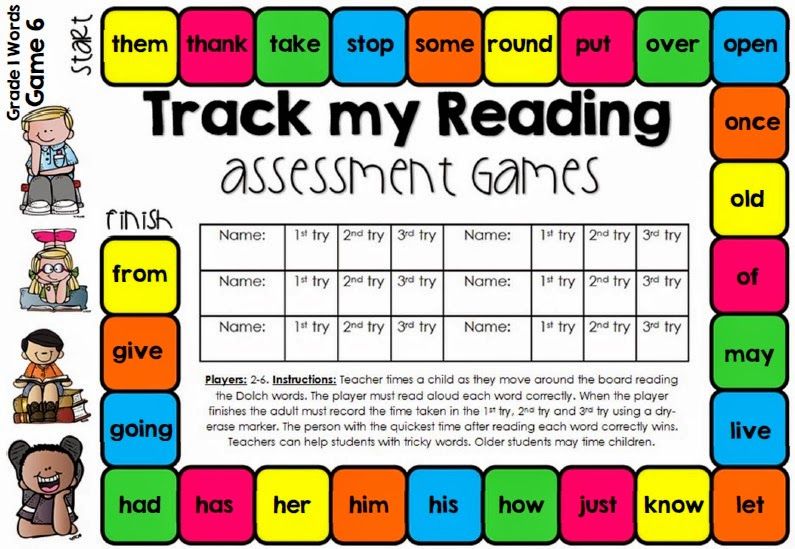
-
Avoid mandatory lessons at certain hours. Set aside time for classes spontaneously, do not tire your child with long studies, it is enough to take 10-15 minutes for one lesson.
-
Study syllables, words during game exercises, and then make sure that the studied material is always in front of your child and he gets used to reading it. Play "guess the sound" to train your phonetic ear. Call up associations, let the child answer the question of what this or that letter looks like.
-
After studying the first three vowel sounds, the child should be explained how different sounds merge into one syllable. Apply visualization - put blocks or cards next to each other, write letters on the constructor and connect it.
-
Remember motivation. Learn words using an interesting example that can also be a reward - sing him a song about a teddy bear, turn on a cartoon about a duck, treat him to a delicious apple, and then move on to writing and reading.
